Update: editorial content added — April 12, 2021 — following the Woodhouse Japanese Garden archival postcards.
~~~~~~~~~~~~~~~~~~~~~~~~
Huntting Lane, East Hampton
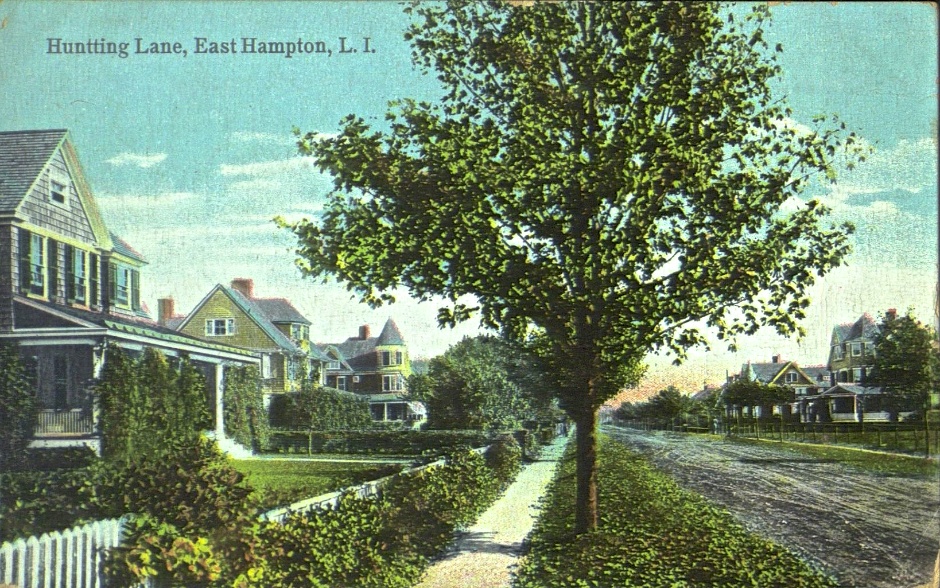 This postcard, looking down Huntting Lane from Main Street, is dated 1910. Today, the street and sidewalk are paved and trees have matured, but the character of Huntting Lane has not significantly changed. Photo Courtesy of East Hampton Library, Ginsberg Postcard Collection.
———————————
This postcard, looking down Huntting Lane from Main Street, is dated 1910. Today, the street and sidewalk are paved and trees have matured, but the character of Huntting Lane has not significantly changed. Photo Courtesy of East Hampton Library, Ginsberg Postcard Collection.
———————————
When Huntting Lane was opened in 1893, East Hampton was at the beginning of a building boom which would transform it from an agrarian community to a summer resort. Huntting Lane became the setting for an important part of East Hampton’s summer colony.
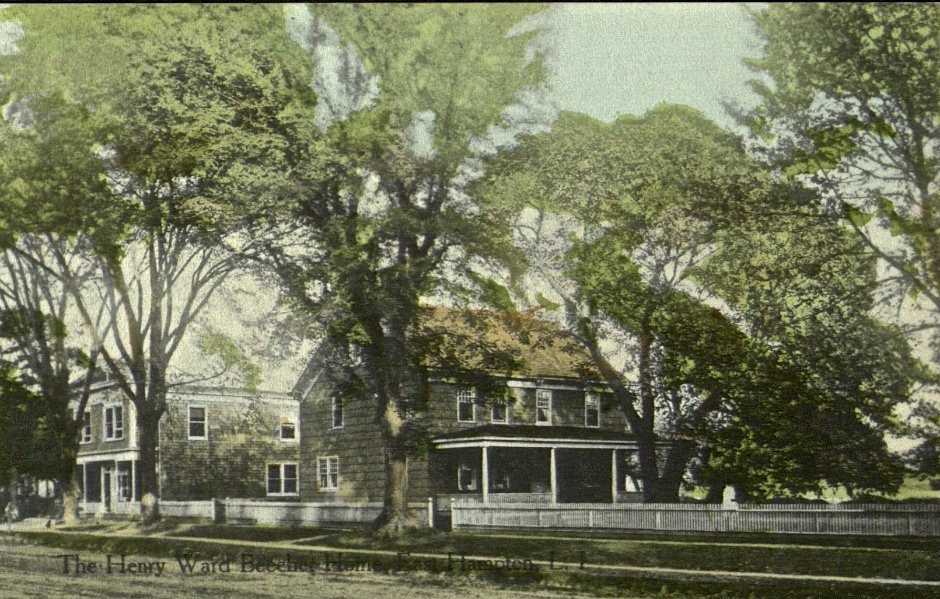 Henry Ward Beecher House, northeast corner of Huntting Land and Main Street. Today, East Hampton Village Hall. Archival postcard courtesy of the East Hampton Library, Ginsberg Collection.
Henry Ward Beecher House, northeast corner of Huntting Land and Main Street. Today, East Hampton Village Hall. Archival postcard courtesy of the East Hampton Library, Ginsberg Collection.
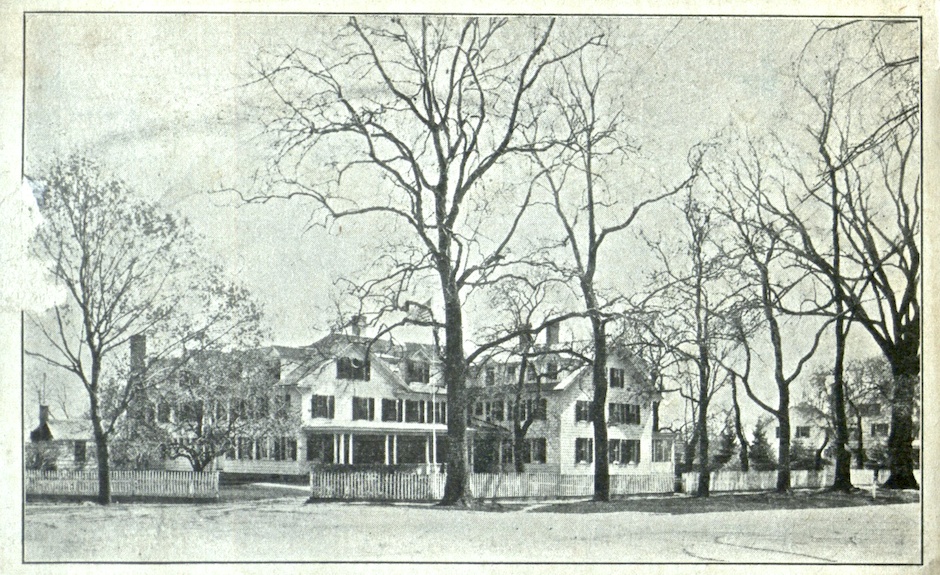 Huntting Inn, southeast corner of Huntting Land & Main Street. Archival postcard courtesy of the East Hampton Library, Ginsberg Collection.
Huntting Inn, southeast corner of Huntting Land & Main Street. Archival postcard courtesy of the East Hampton Library, Ginsberg Collection.
———————————
Charles & Mary Parsons, proprietors of the Huntting Inn, ran Huntting Lane down the middle of their vast home lot and constructed a bridge over the Hook Pond dreen to connect with Egypt Lane. This open pastureland, which had been in the Huntting family for two hundred years, provided prime building sites close to Main Street. Huntting Lane developed rapidly and within ten years the twelve cottages that today give the street its character had all been constructed.
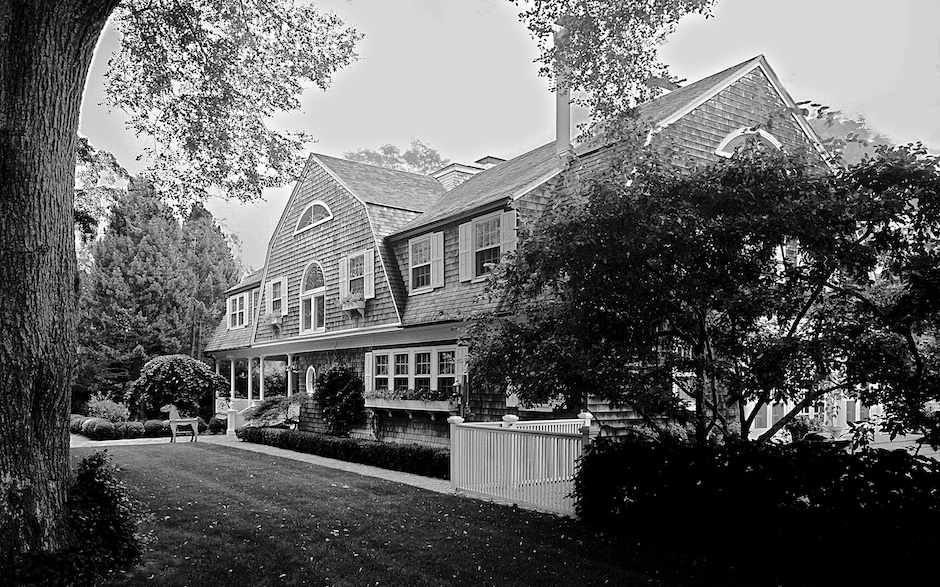
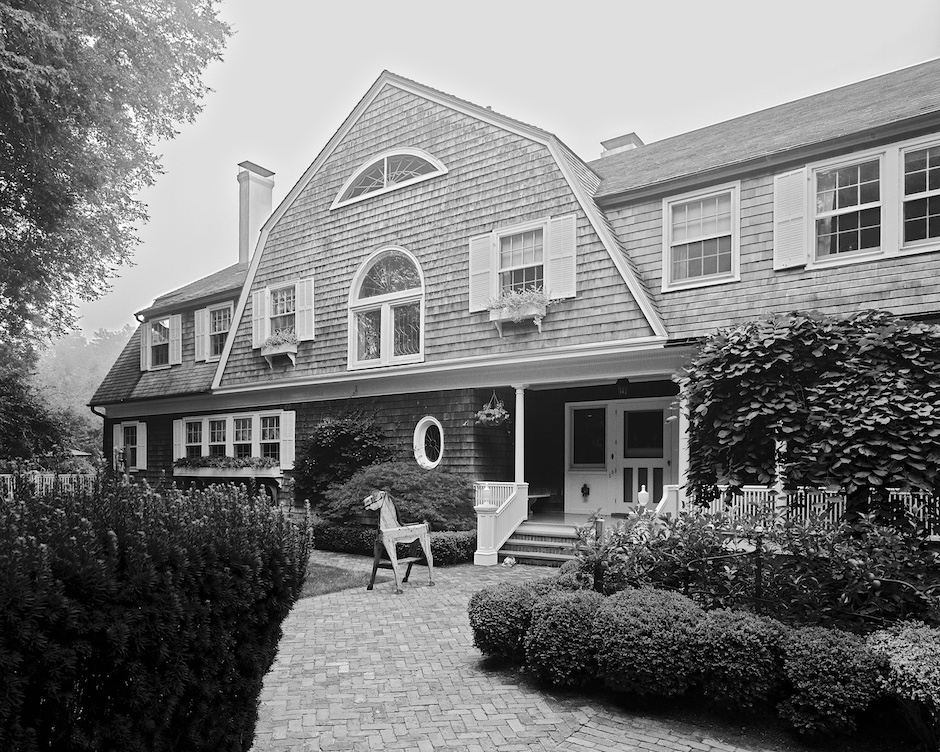 Greycroft, built for Mr. and Mrs. Lorenzo G. Woodhouse in 1893, was designed by the architect I.H.Green Jr., who introduced the Shingle Style to East Hampton’s summer colony. His gambrel-roofed cottages had a great influence locally, which can be seen on Hunting Lane in the George A. Eldredge House.
Greycroft, built for Mr. and Mrs. Lorenzo G. Woodhouse in 1893, was designed by the architect I.H.Green Jr., who introduced the Shingle Style to East Hampton’s summer colony. His gambrel-roofed cottages had a great influence locally, which can be seen on Hunting Lane in the George A. Eldredge House.
 Large halls with stairways of multiple flights were at the core of the Shingle Style summer houses. The hall at Greycroft features details inspired by Colonial homes including the boxed beam ceiling, the paneled wainscoting, and the large fan window with delicate lead tracery that illuminates the stairway landing.
Large halls with stairways of multiple flights were at the core of the Shingle Style summer houses. The hall at Greycroft features details inspired by Colonial homes including the boxed beam ceiling, the paneled wainscoting, and the large fan window with delicate lead tracery that illuminates the stairway landing.
———————————
What distinguished Huntting Lane was that substantial new houses were constructed both for wealthy summer visitors as well as for local businessmen and tradesmen who were enjoying the economic benefits of the new summer colony. Among the summer cottages is Greycroft, built for the Woodhouse family, important members of the East Hampton summer colony. Among the homes built by local residents are those of the builders George A. Eldredge and Edward M. Gay, the mason Norman Barns, the plumber S.C. Grimshaw and the home of James E. Huntting, president of the East Hampton Lumber and Coal Co.
 George A. Eldredge, the premier builder of East Hampton’s summer colony and a self-taught architect, designed and built this house for himself in 1901. One of Eldredge’s first commissions was construction of Greycroft in 1893.
George A. Eldredge, the premier builder of East Hampton’s summer colony and a self-taught architect, designed and built this house for himself in 1901. One of Eldredge’s first commissions was construction of Greycroft in 1893.
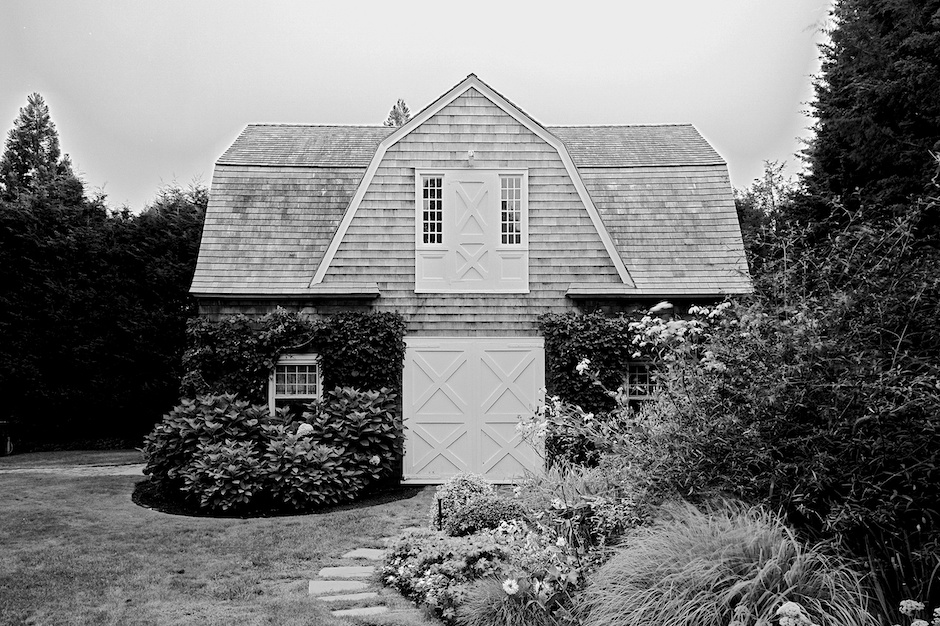 This original carriage house to the George A. Eldredge House is a reminder of the means of transportation during the period when East Hampton’s summer colony was established.
This original carriage house to the George A. Eldredge House is a reminder of the means of transportation during the period when East Hampton’s summer colony was established.
———————————
Huntting Lane is also noteworthy for the similarities between the summer cottages and the year-round homes. This is especially true of the six residences which reflect the popularity of the Shingle Style during this period among both East Hampton’s summer residents and local businessmen. The 1894 Greycroft, designed by I.H. Green, Jr., for Lorenzo G. Woodhouse, is one of the Village’s grand Shingle Style summer houses. The 1901 George A. Eldredge House, designed by the builder, demonstrates the adaptability of the Shingle Style to a modest-sized, year-round residence. Joining the Shingle Style houses is a group of distinguished Queen Anne Style houses — all built by local residents — which contribute to the harmony of the street with their shingled exteriors, gabled roofs and restrained ornamentation.
 Frank Stratton, manager of the Railroad Avenue yard of the East Hampton Lumber & Coal Company, built this Queen Anne Style house in 1900. Frank Stratton grew up at Third House in Montauk where his parents ran an inn. He later became Captain of the Ditch Plain Life-Saving Station. Moving to East Hampton in 1886, he became a partner in Van Scoy, Dayton and Stratton’s general store on Main Street before joining the lumber company.
Frank Stratton, manager of the Railroad Avenue yard of the East Hampton Lumber & Coal Company, built this Queen Anne Style house in 1900. Frank Stratton grew up at Third House in Montauk where his parents ran an inn. He later became Captain of the Ditch Plain Life-Saving Station. Moving to East Hampton in 1886, he became a partner in Van Scoy, Dayton and Stratton’s general store on Main Street before joining the lumber company.
 The wealth brought to East Hampton’s new building industry by the growth of the summer colony is clearly stated in this grand Quee Anne Style house built for James E. Huntting in 1896. Mr. Huntting was president of the East Hampton Lumber & Coal Company.
The wealth brought to East Hampton’s new building industry by the growth of the summer colony is clearly stated in this grand Quee Anne Style house built for James E. Huntting in 1896. Mr. Huntting was president of the East Hampton Lumber & Coal Company.
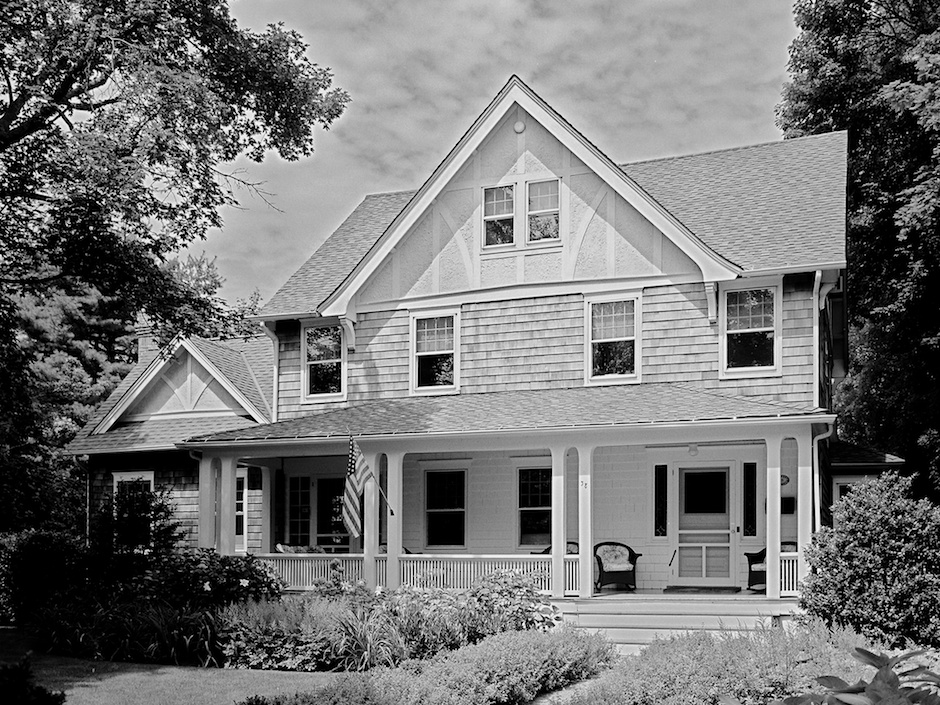 This is the 1901 home of Edward M. Gay who built many of the largest cottages in the summer colony. The stucco and half-timbering in the gables is also a feature of many summer houses of this period.
This is the 1901 home of Edward M. Gay who built many of the largest cottages in the summer colony. The stucco and half-timbering in the gables is also a feature of many summer houses of this period.
 “The Fens,” Home of Mr. and Mrs. Lorenzo E. Woodhouse, designed by Joseph Greenleaf Thorp, 1903/4. Demolished 1949. Archival postcard courtesy of the East Hampton Library, Ginsberg Collection.
“The Fens,” Home of Mr. and Mrs. Lorenzo E. Woodhouse, designed by Joseph Greenleaf Thorp, 1903/4. Demolished 1949. Archival postcard courtesy of the East Hampton Library, Ginsberg Collection.
———————————
Today Huntting Lane evokes the best qualities of East Hampton’s early summer colony and recalls the close relationship between the summer colony and the local residential areas which characterized the Village at the turn of the century.
Huntting Lane is a historic district with a strong and consistent character. The twelve historic houses are similar in their scale, form and shingled exteriors and are closely related in architectural style. The rhythm of these houses on either side of the street, their similar setbacks and open front yards allow each historic house to contribute to the larger setting of the Lane.
———————————
The residents of Huntting Lane worked closely with the Mayor’s Committee on Historic Preservation in establishing the Huntting Lane Historic District. Residents played an active role in drawing up guidelines tailored to preserving the historic character of their neighborhood. One Huntting Lane homeowner, Irene Krone, noted: “Huntting Lane is a beautiful street. We are all very pleased in having played our part in preserving this historically important part of our village.”
———————————
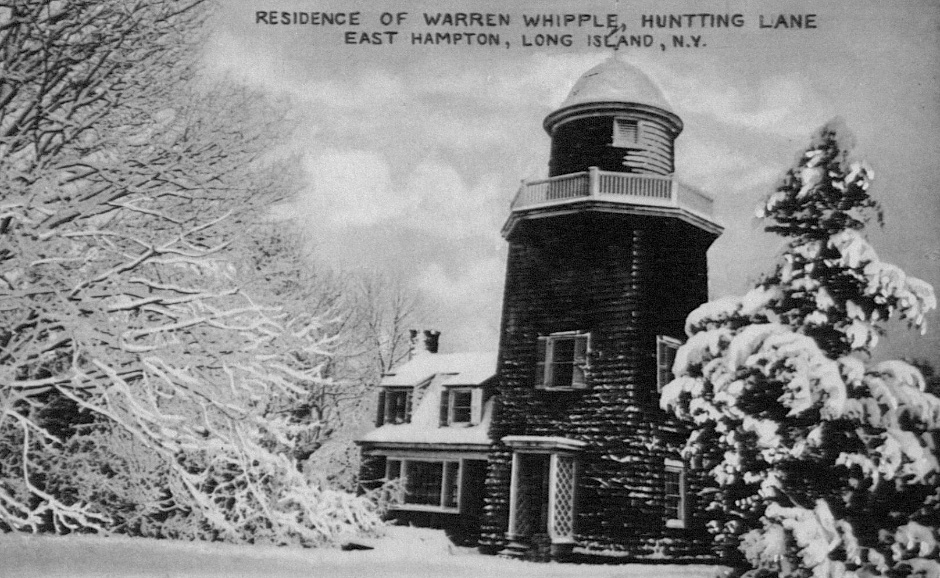
Postcard Courtesy of East Hampton Library, Ginsberg Postcard Collection.
———————————

———————————
Written & Edited by Robert Hefner for the Village of East Hampton’s Report to Residents / Village of East Hampton Historic Preservation Program, 2000. Copy courtesy of Robert Hefner. Photos, copyright — Jeff Heatley. Postcards — courtesy of the East Hampton Library, Harvey Ginsberg Postcard Collection.
Visit: AAQ/Contents/Profile: Ocean Avenue, East Hampton
Visit: AAQ/Portfolio/Preservation: East Hampton — Ocean Avenue to Main Beach
Visit: AAQ/Portfolio/Preservation: East Hampton Main Street Historic District / East Side
Visit: AAQ/Portfolio/Preservation: East Hampton Main Street Historic District / West Side
_______________________________________
Visit: Village of East Hampton — www.easthamptonvillage.org
Visit: Ladies Village Improvement Society — www.LVIS.org
Visit: East Hampton Library — www.easthamptonlibrary.org
_______________________________________
ADDENDUM: WOODHOUSE JAPANESE GARDEN
 Archival postcard courtesy of the East Hampton Library, Harvey Ginsberg Collection.
Archival postcard courtesy of the East Hampton Library, Harvey Ginsberg Collection.
———————————
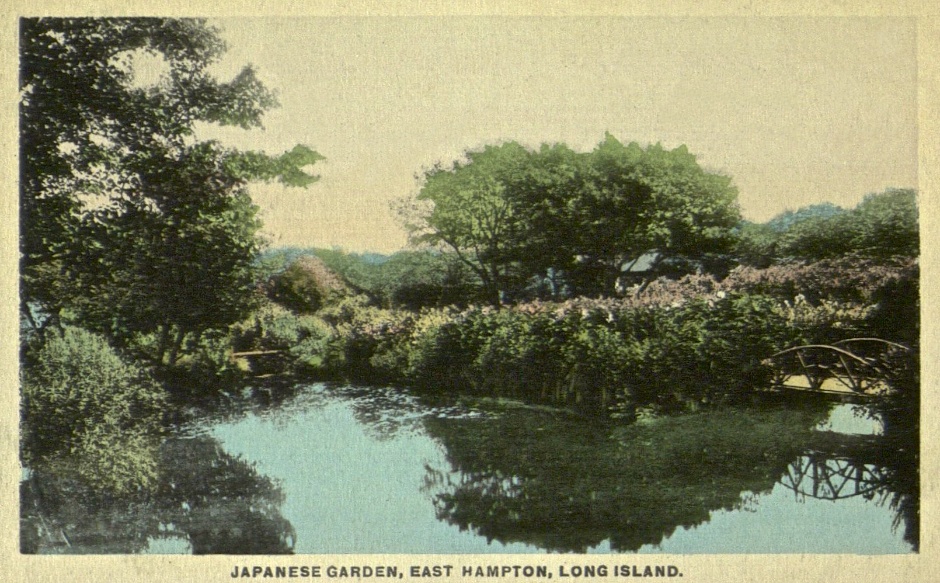 Archival postcard courtesy of the East Hampton Library, Harvey Ginsberg Collection.
Archival postcard courtesy of the East Hampton Library, Harvey Ginsberg Collection.
~ ~ ~ ~ ~ ~ ~ ~ ~ ~ ~ ~ ~ ~ ~ ~ ~ ~
The Woodhouse Legacy Lives On
The glacier that, ten thousand years ago, scraped topsoil off the fields of New England and deposited it in the Hamptons, also shaped the topography of East Hampton so that groundwater from as far north as Three Mile Harbor Road flows southwards to fill Hook Pond on the Village’s Atlantic shore. As runoff from springs and storms accumulates south of Main Street, it forms a strong current through a natural channel known since colonial days as the Hook ‘Dreen’. The overflow creates a swampy stretch along Fifthian and Egypt Lanes. As valued parts of the old Fifthian and Huntting farms, these wetlands provided lush pasturage in hot dry weather when grass elsewhere wilted and withered. Now they form an extraordinary twenty-five acre wetland preserve and wildlife sanctuary only a few blocks from Main Street.
— Ellen R. Samuels,
from East Hampton Invents the Culture of Summer, 1994. [Added April 12, 2021]
_______________________________________
ADDENDUM: NATURE TRAIL & BIRD SANCTUARY
“There is no other place quite so lovely! The way it changes from season to season through Spring and Summer, always with some new enchantment, until it reaches its high climax for the year in late September and October. Then it takes on the most marvelous colors, from soft, tender hues to the rich and flaming reds of Autumn. Moreover, the pattern of growth is matchless. No gardener could achieve such harmony of line and color.”
— Hildreth King, letter to the East Hampton Star, June 30, 1938. [Added April 12, 2021]
~~~~~~~~~~~~~~~~~~~~~~~~
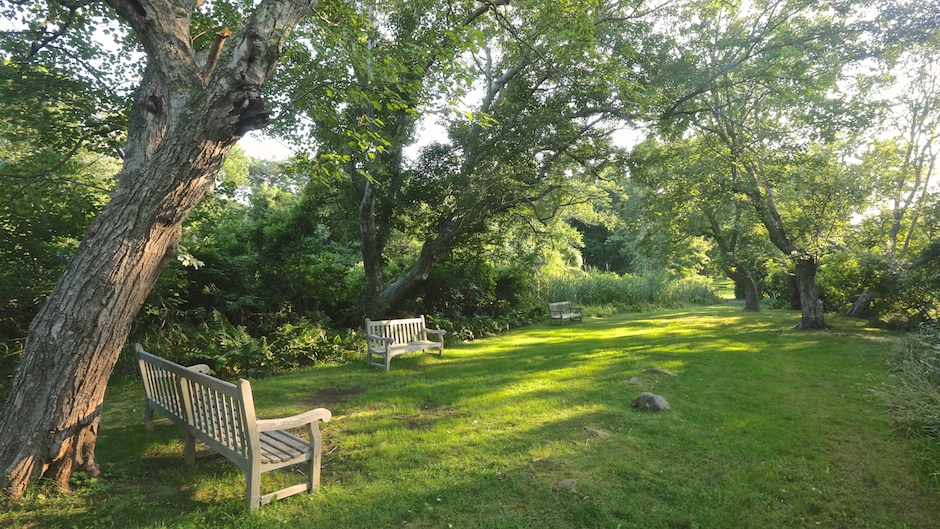
———————————
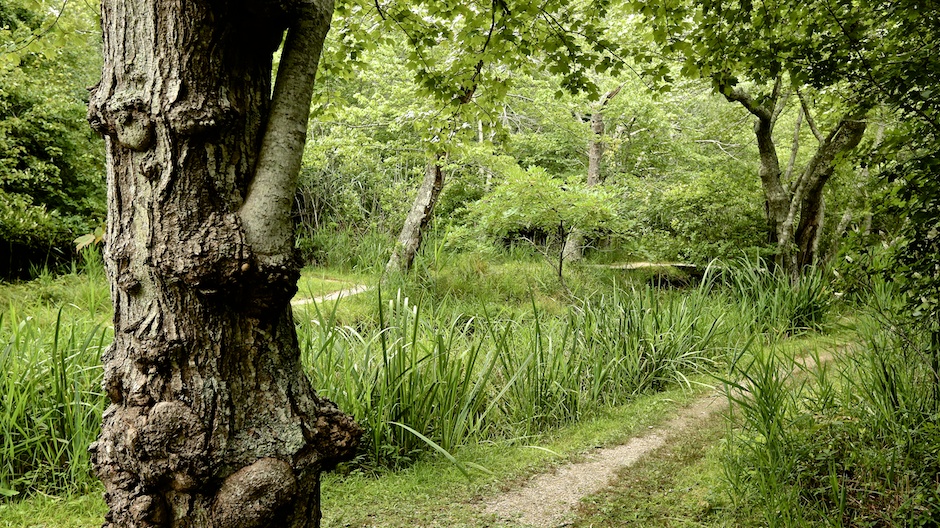
———————————

———————————
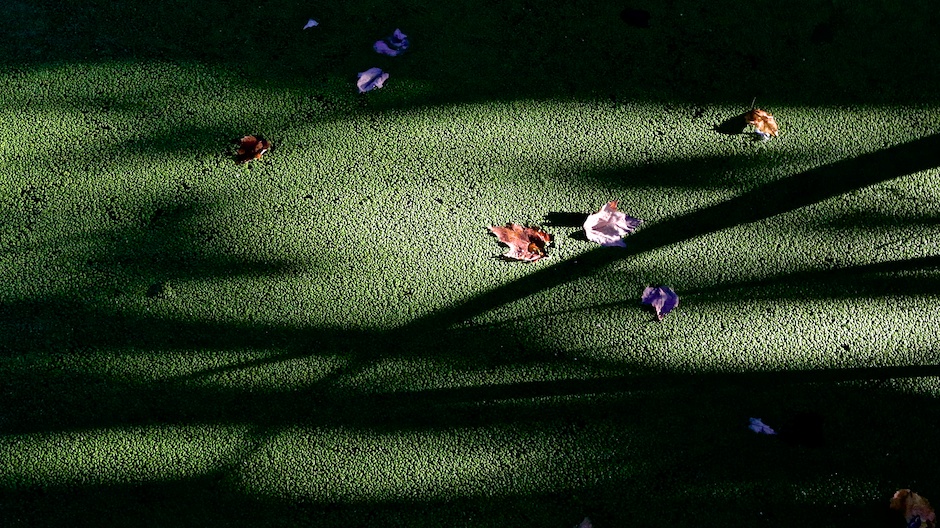
———————————

———————————
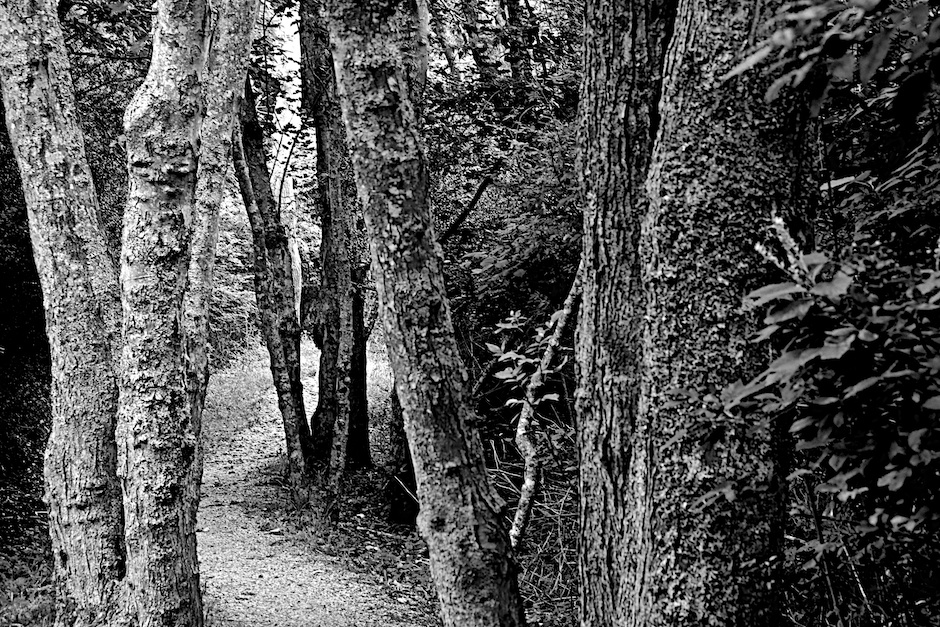
———————————
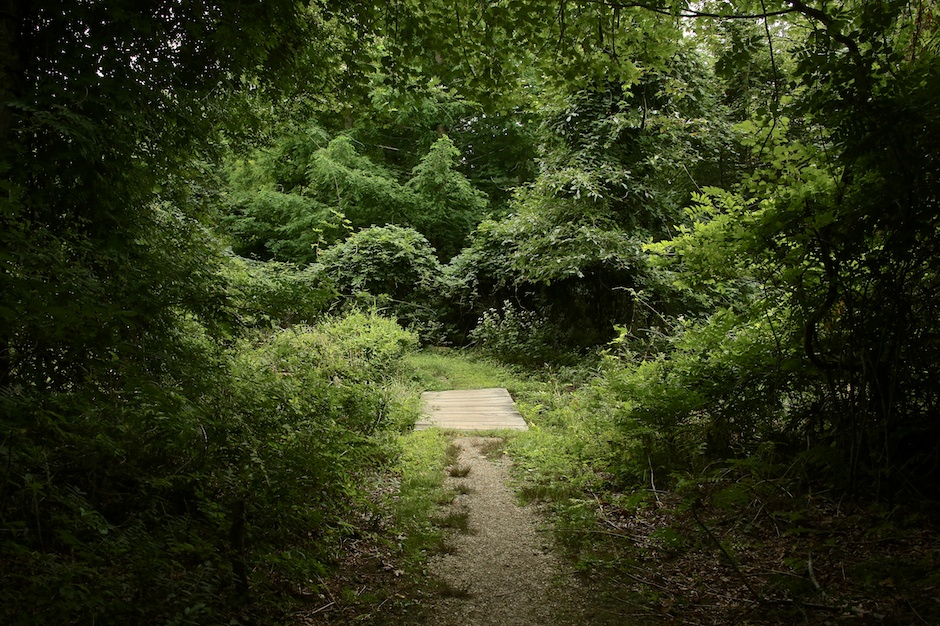
———————————
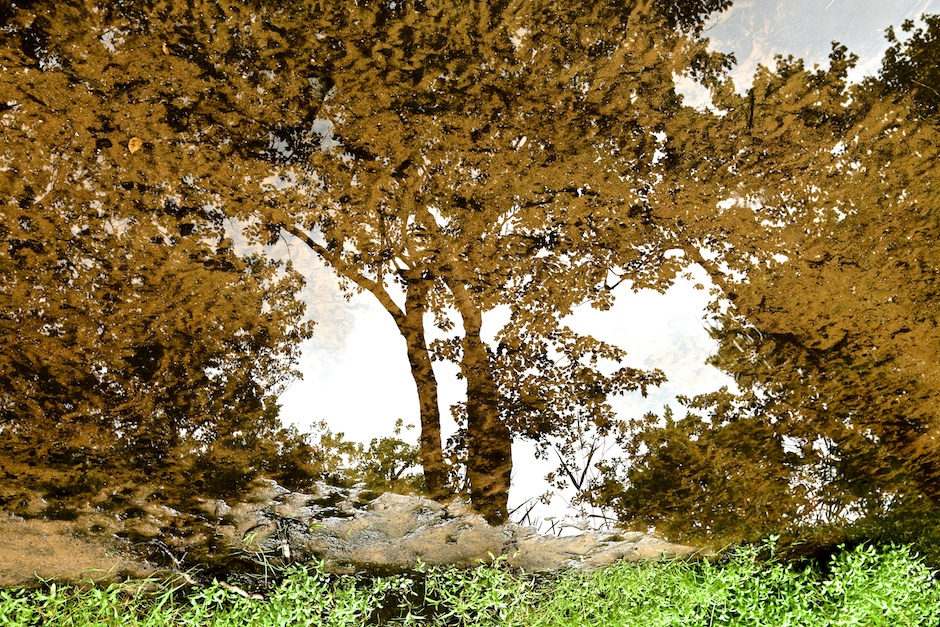
———————————
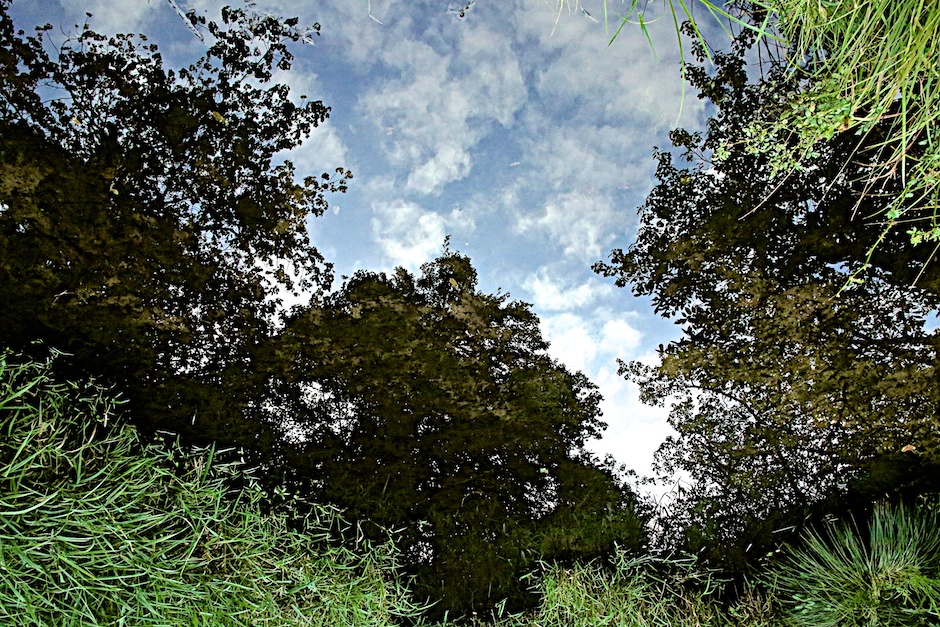
———————————
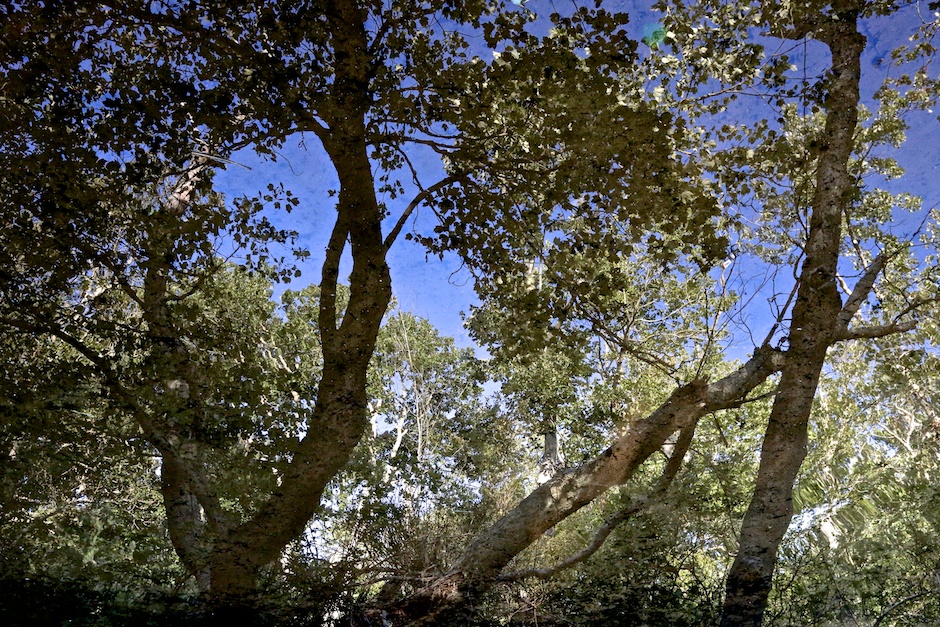
———————————
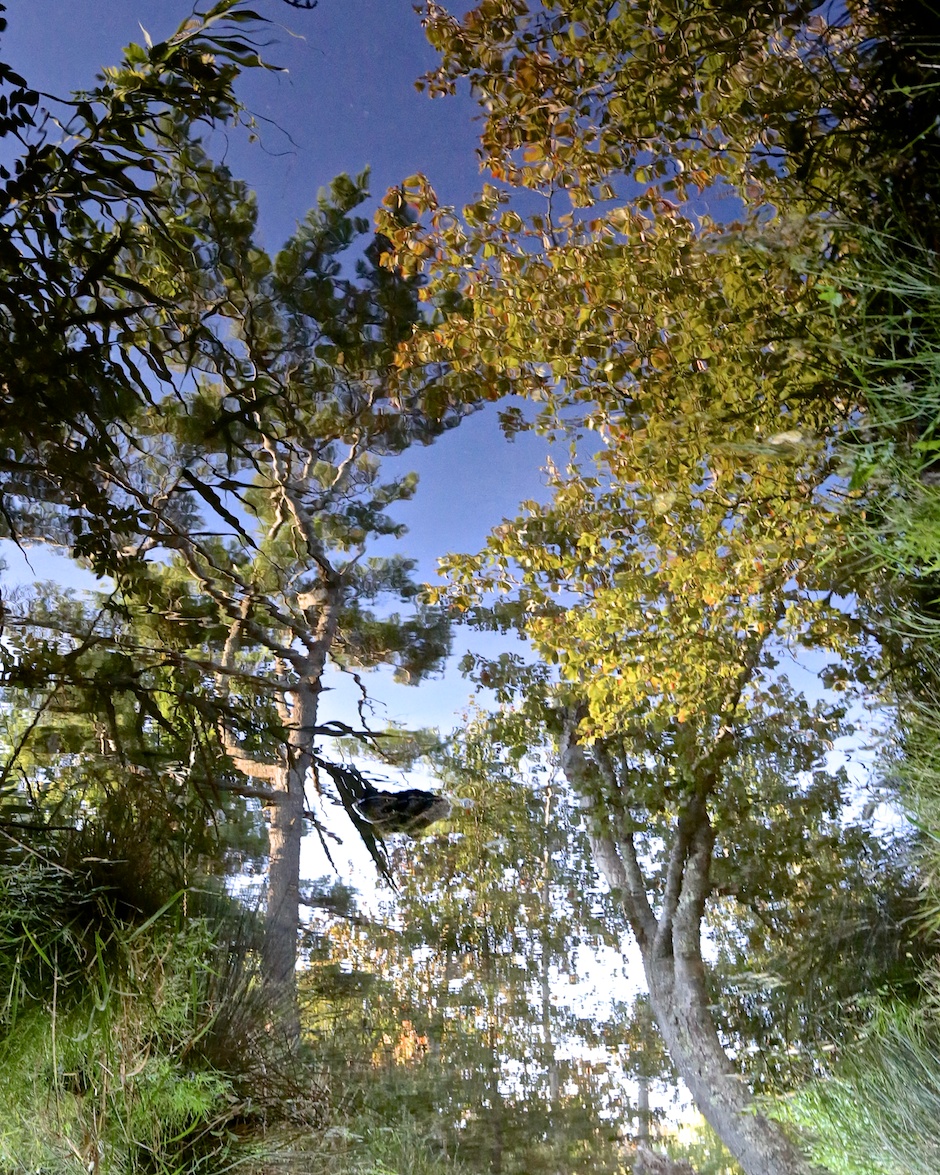
———————————
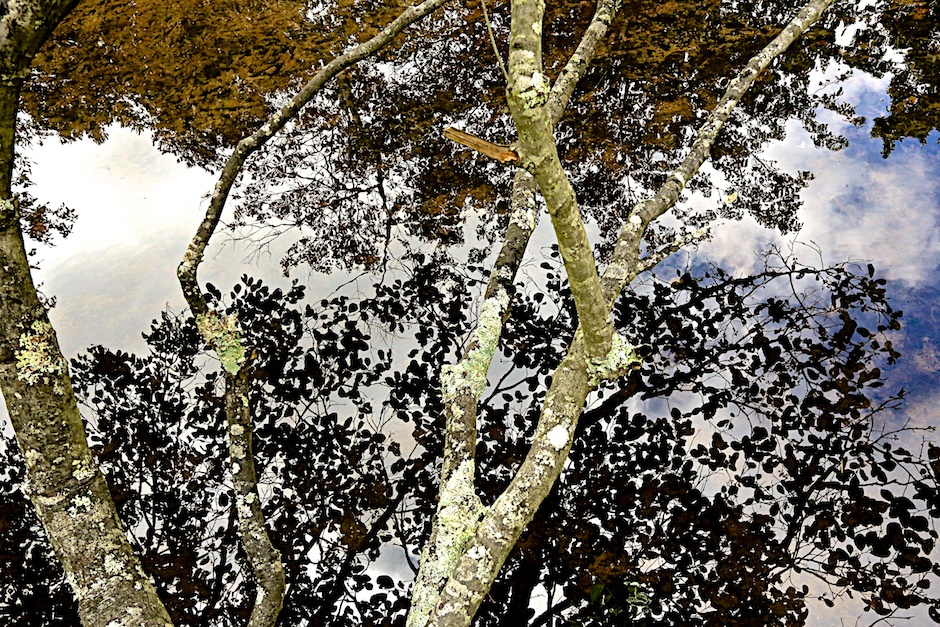
———————————
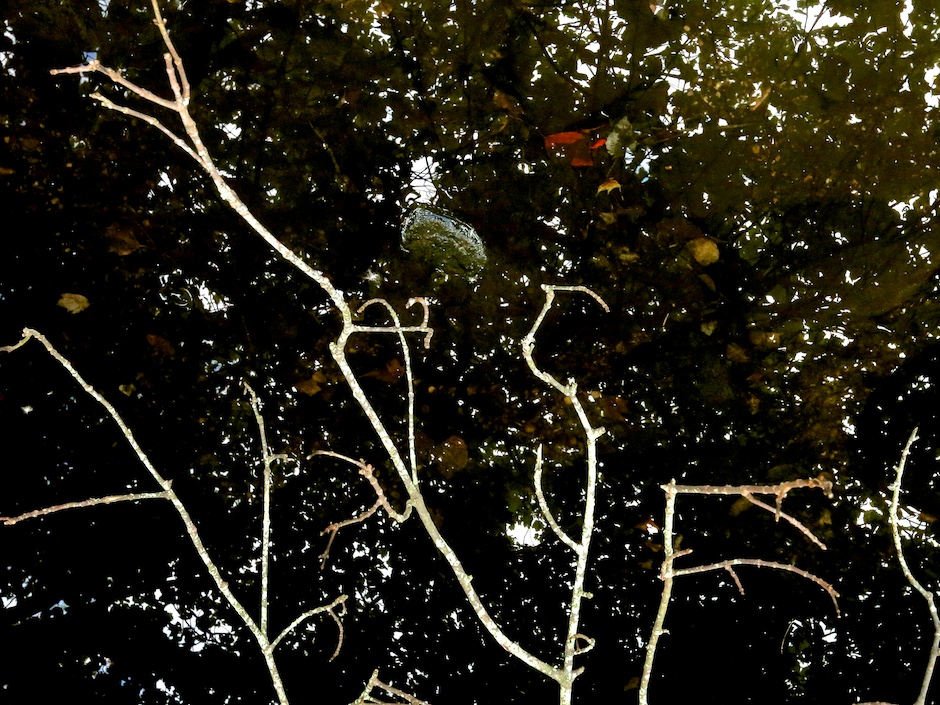
———————————

———————————

———————————
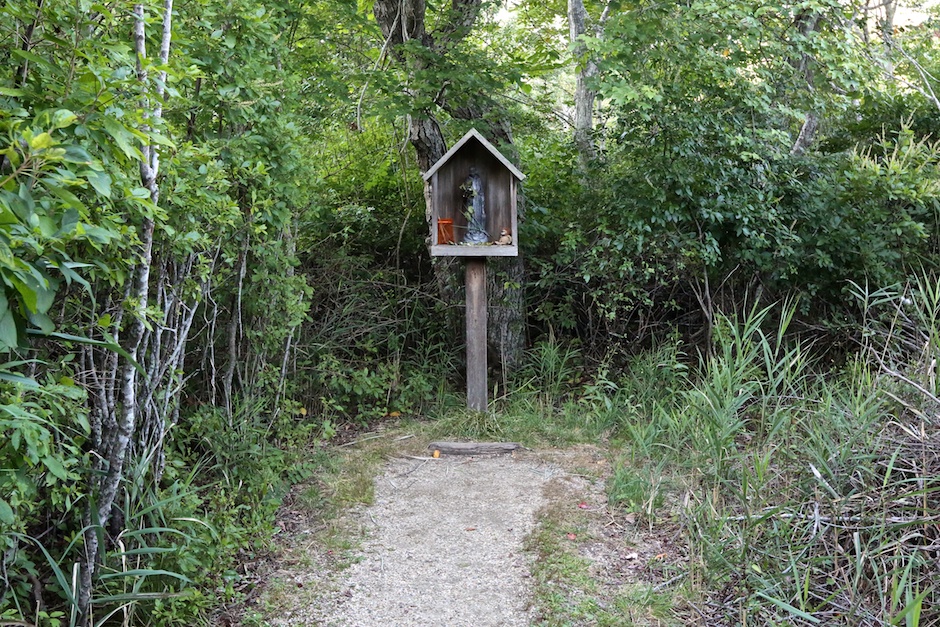
St. Francis of Assisi
———————————————
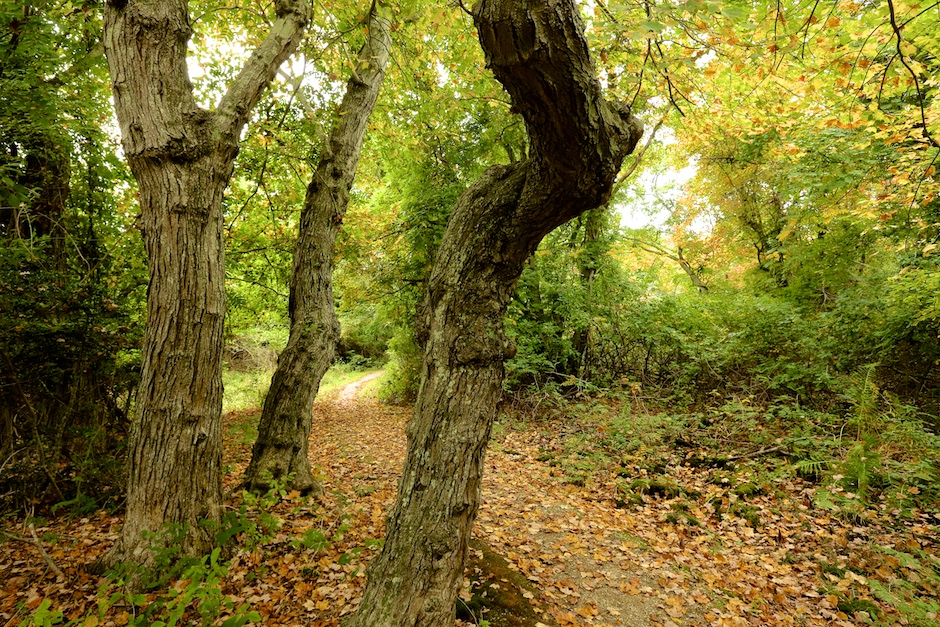
———————————————
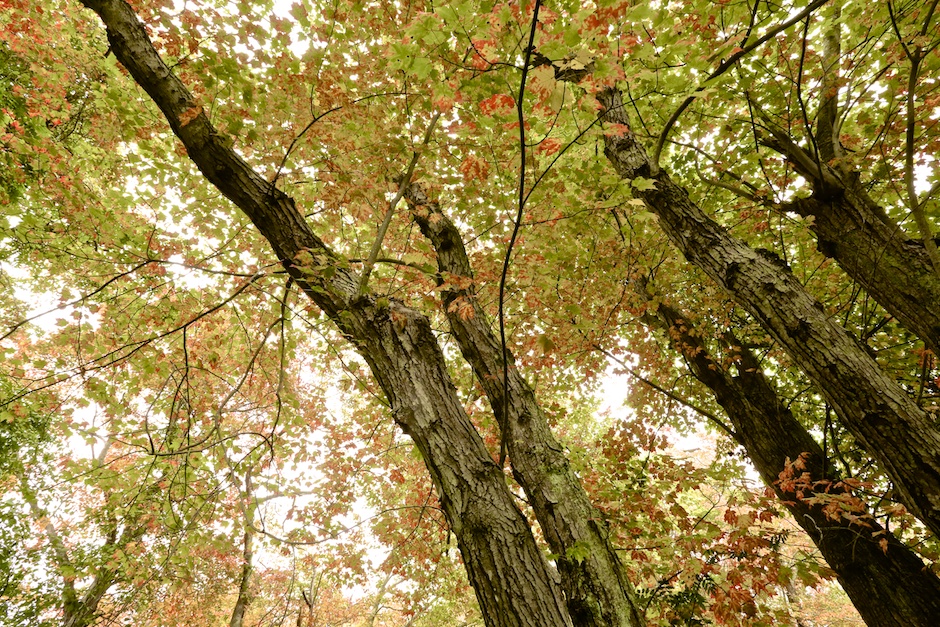
———————————————

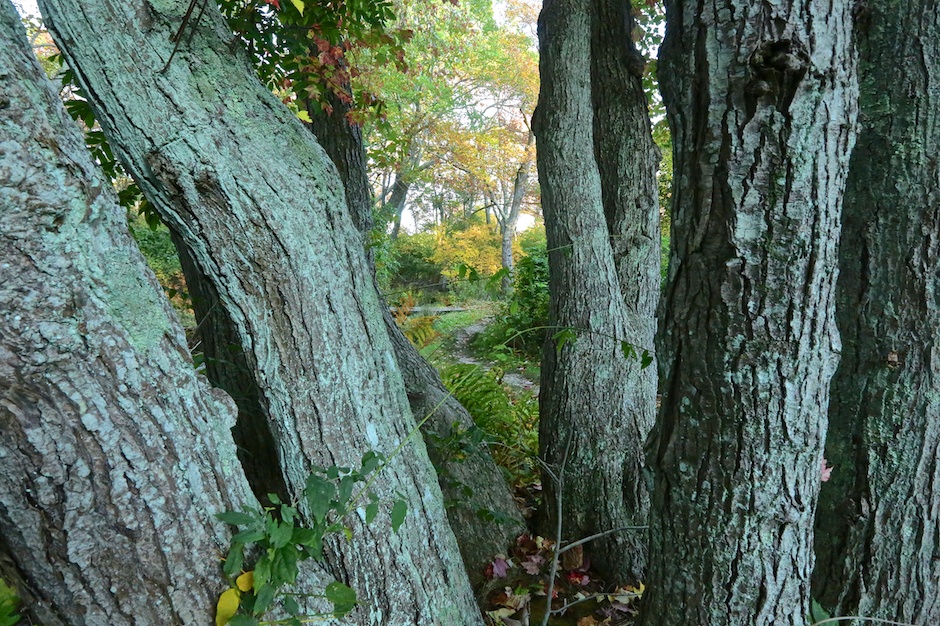
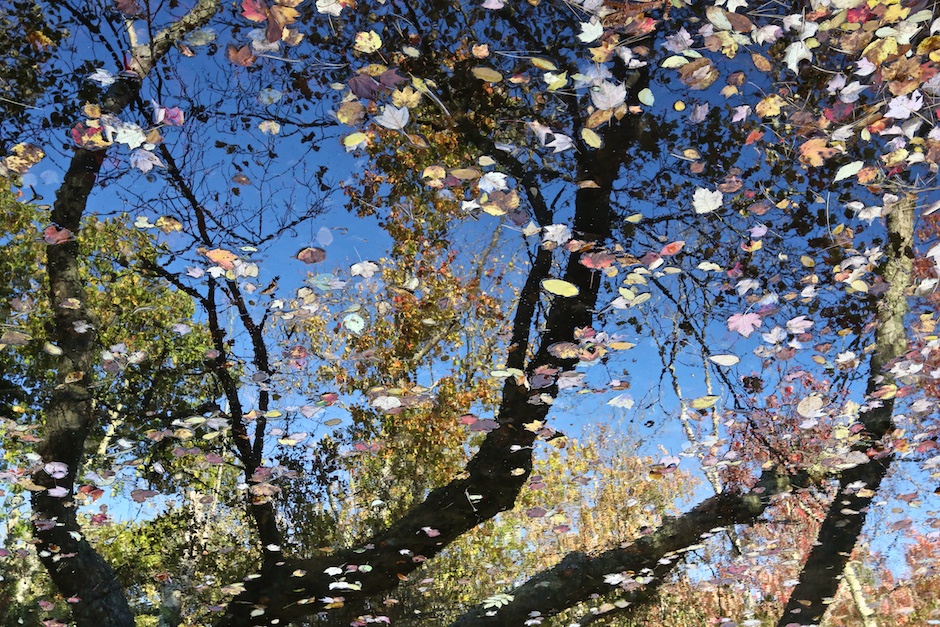
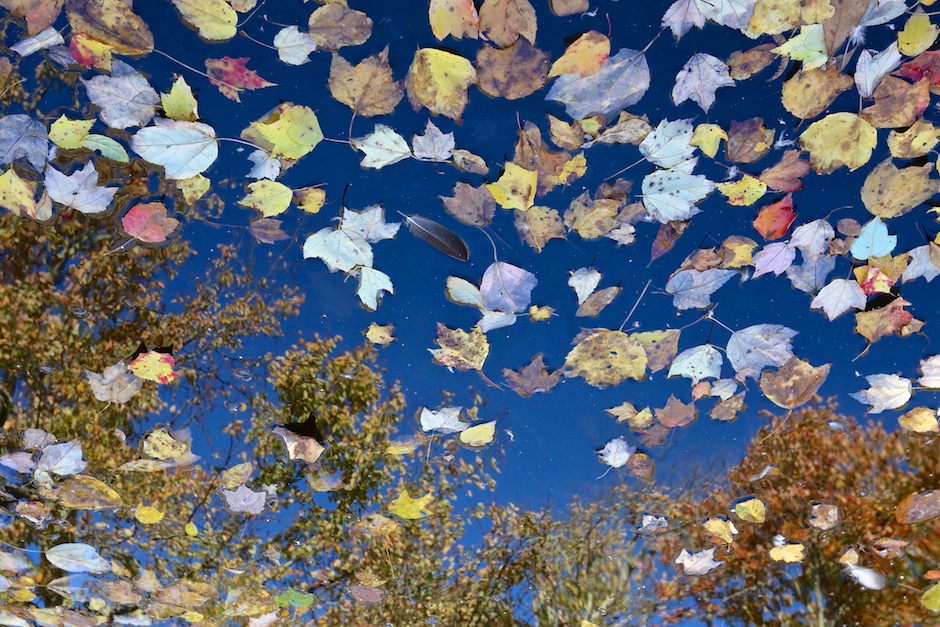
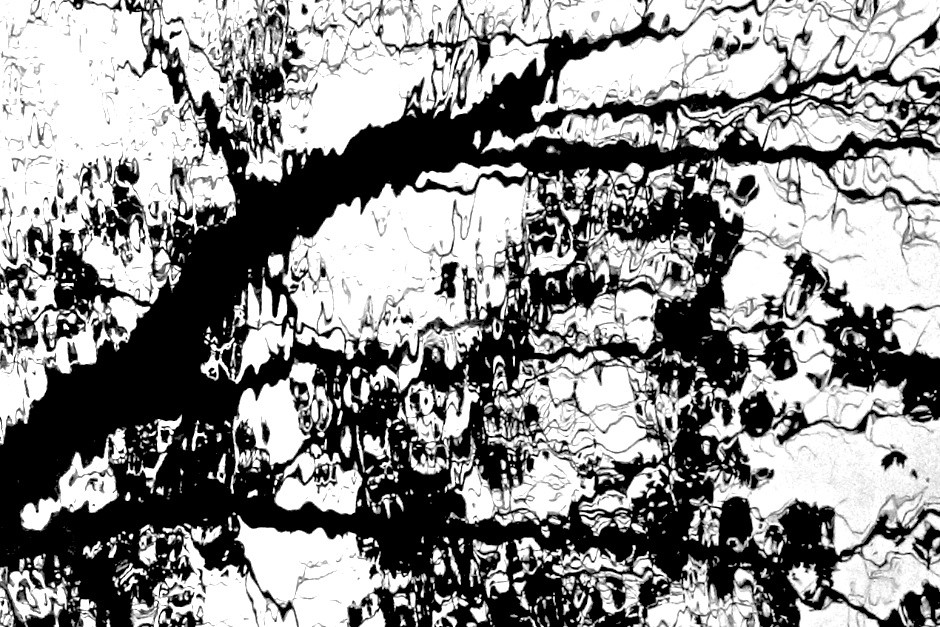



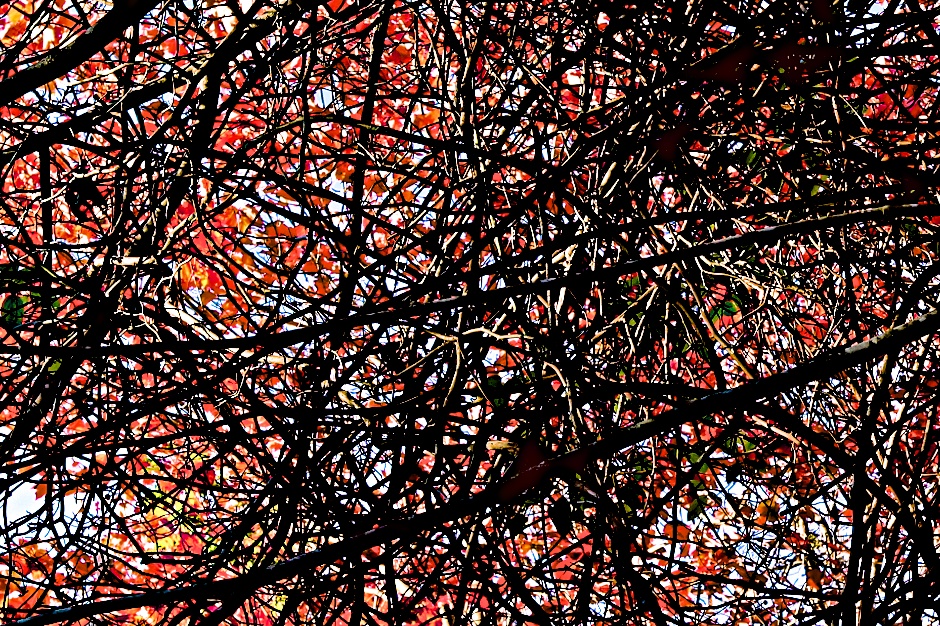
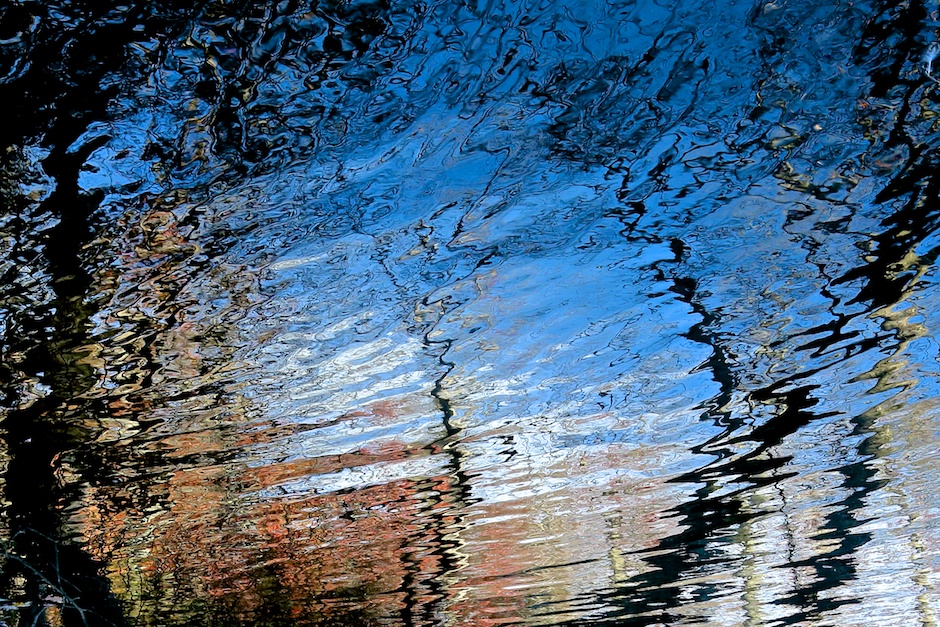
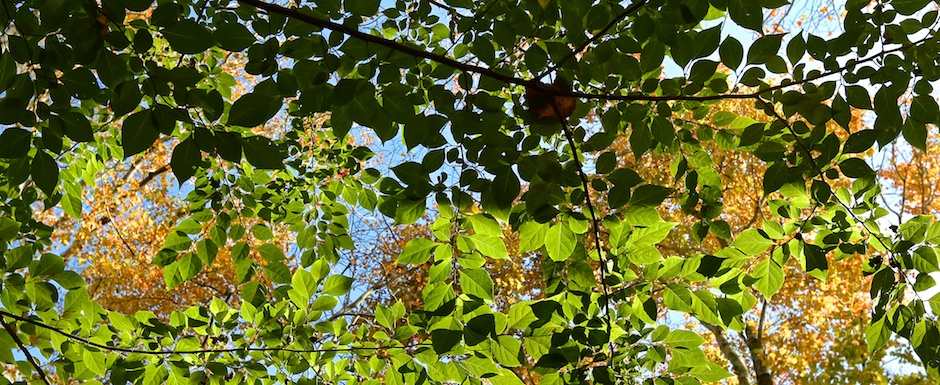
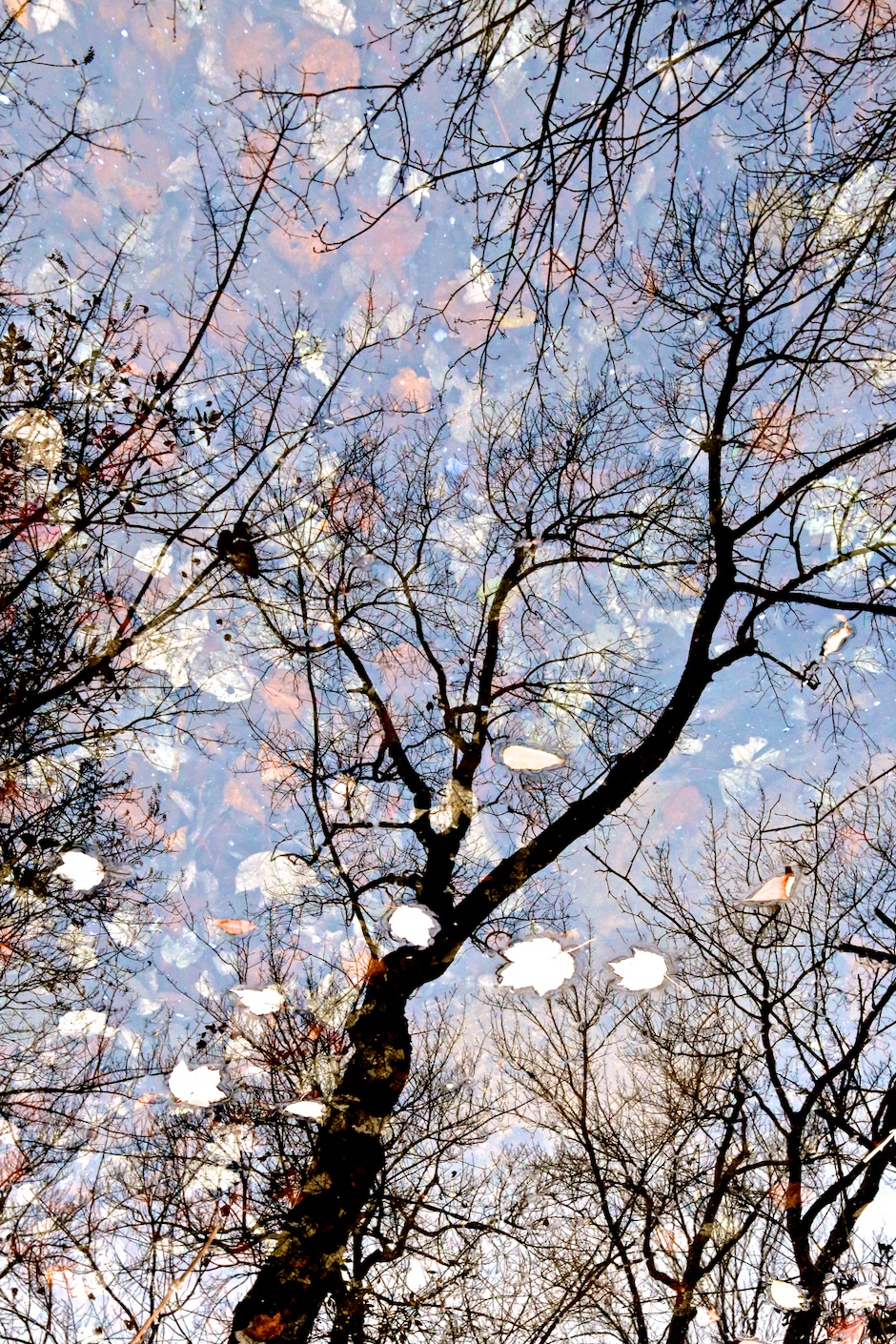

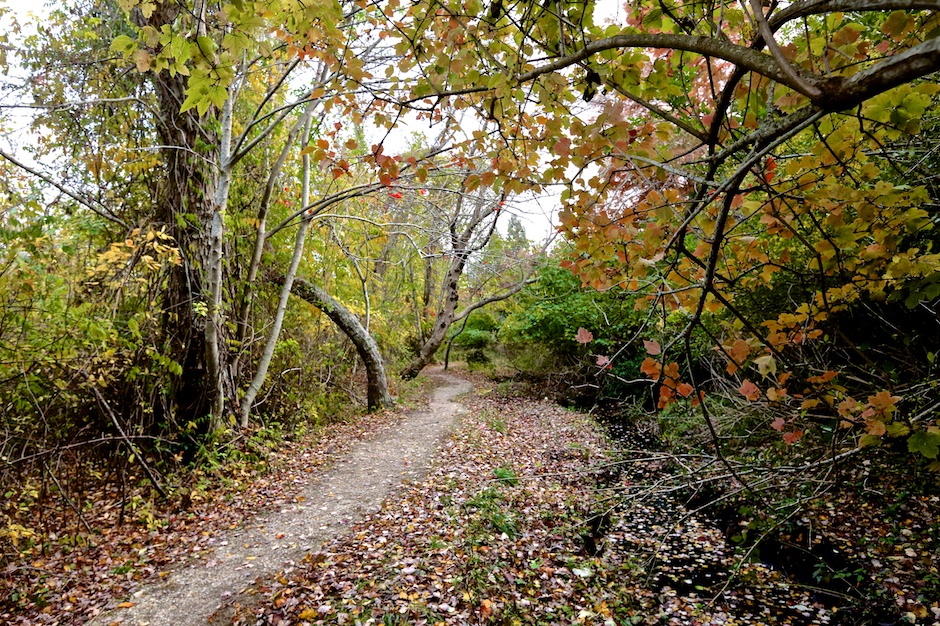
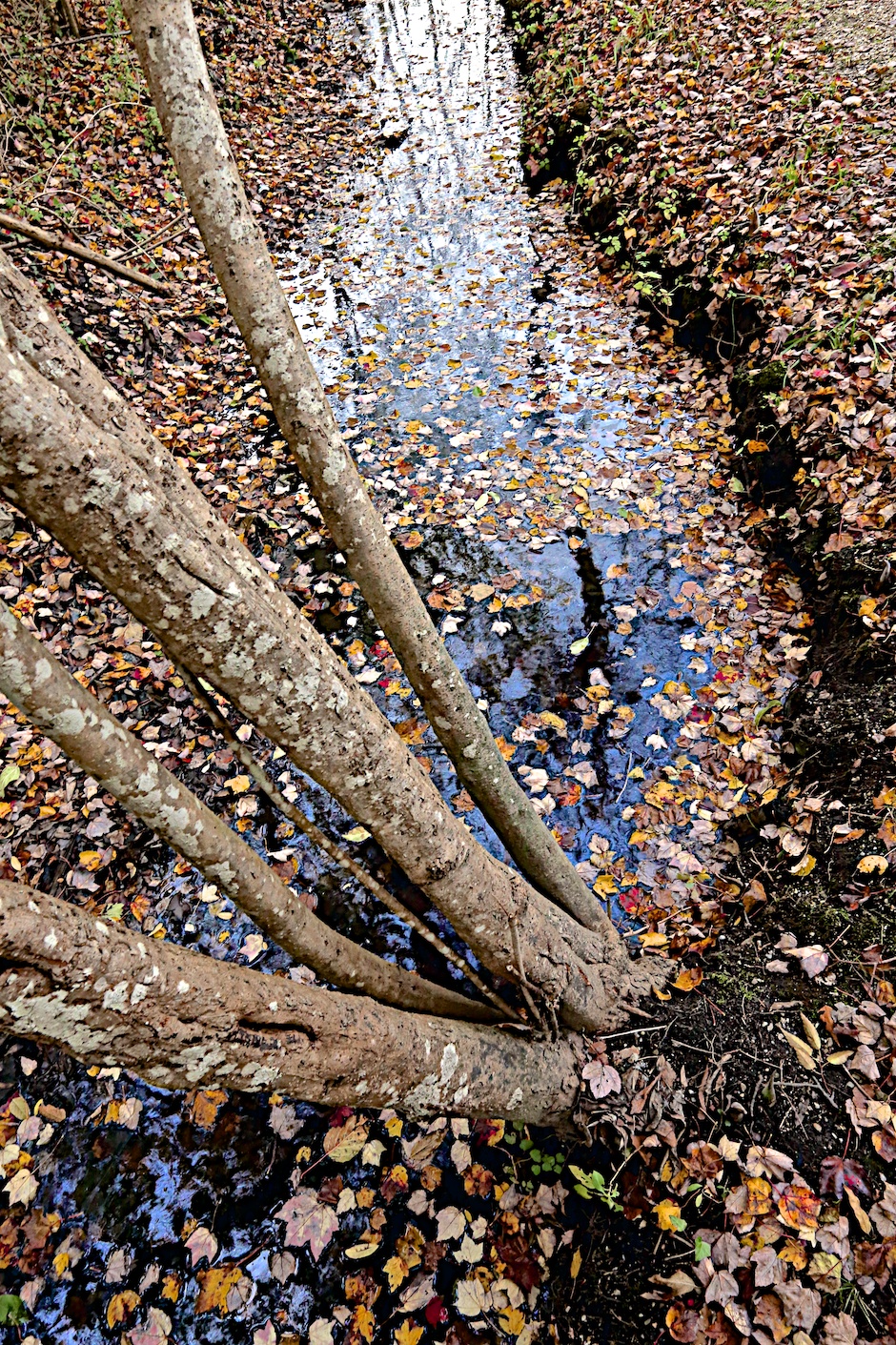
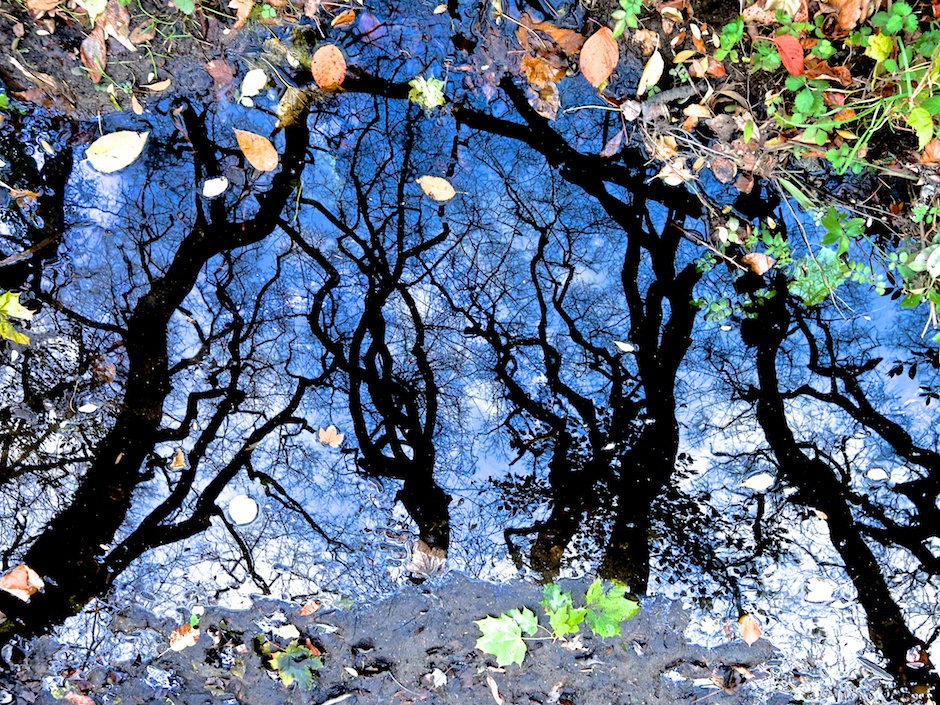

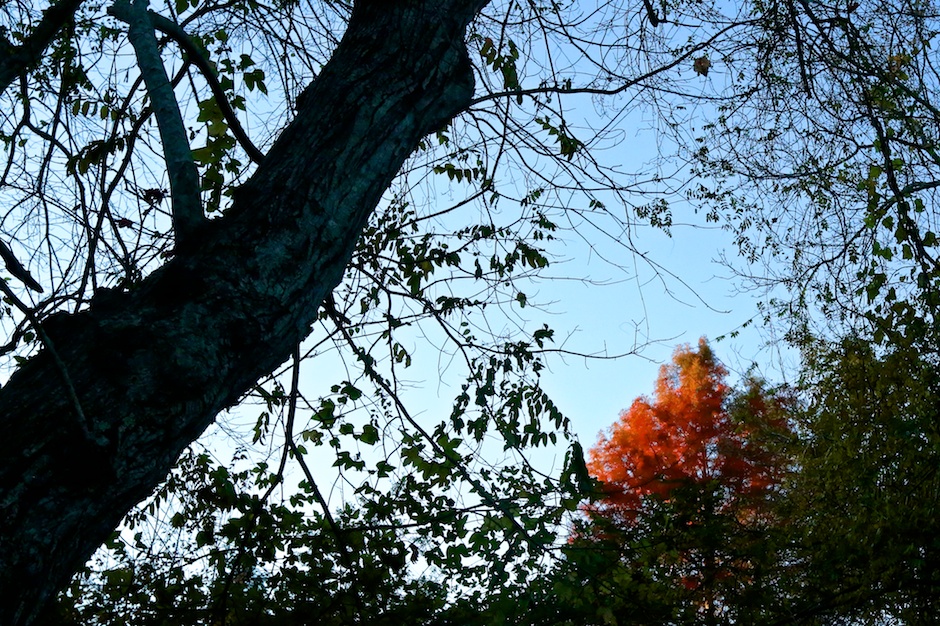
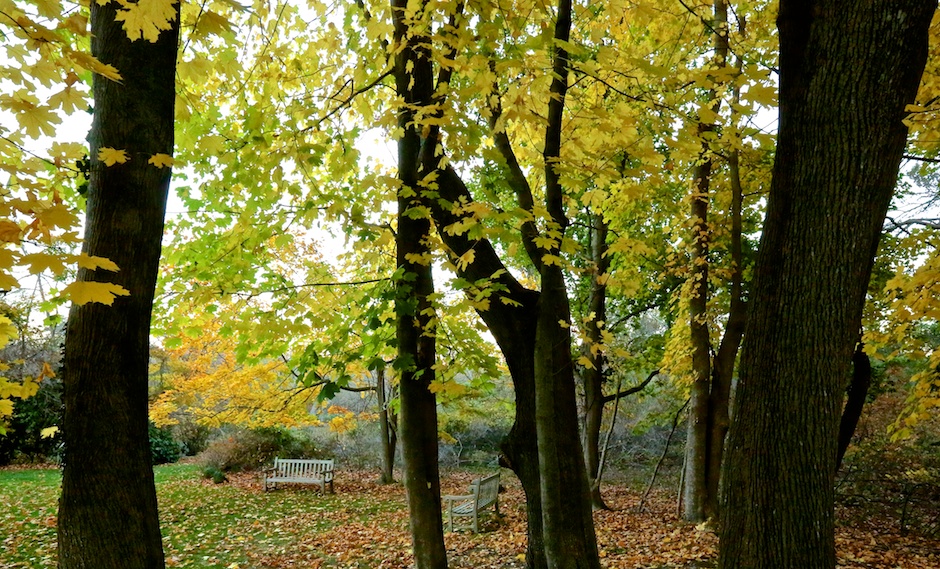
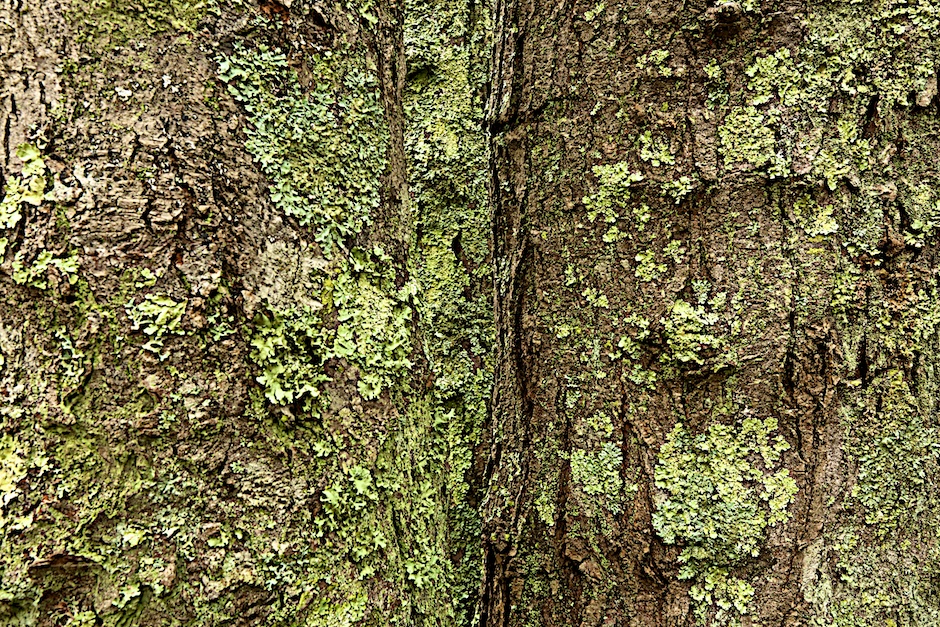

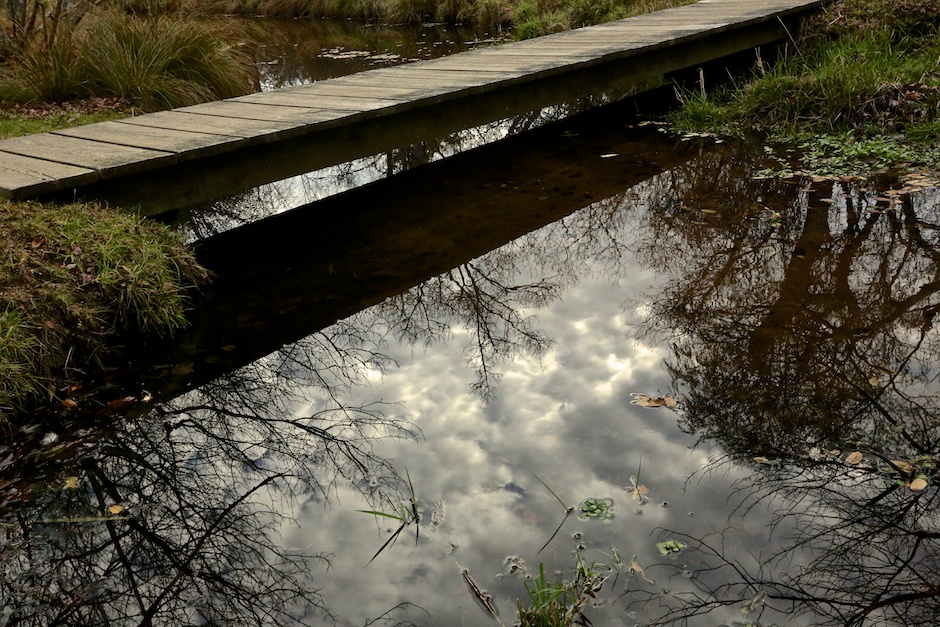
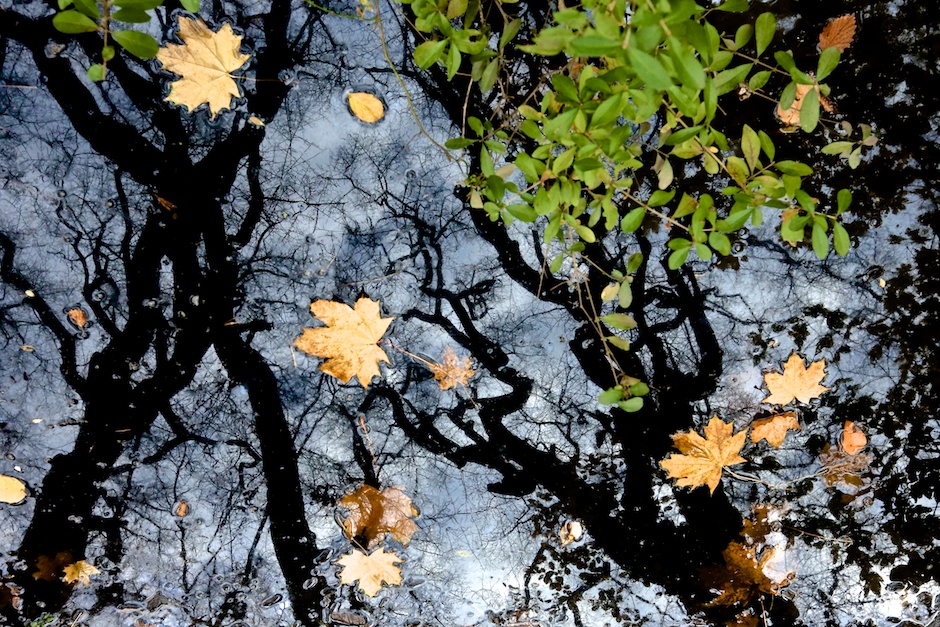

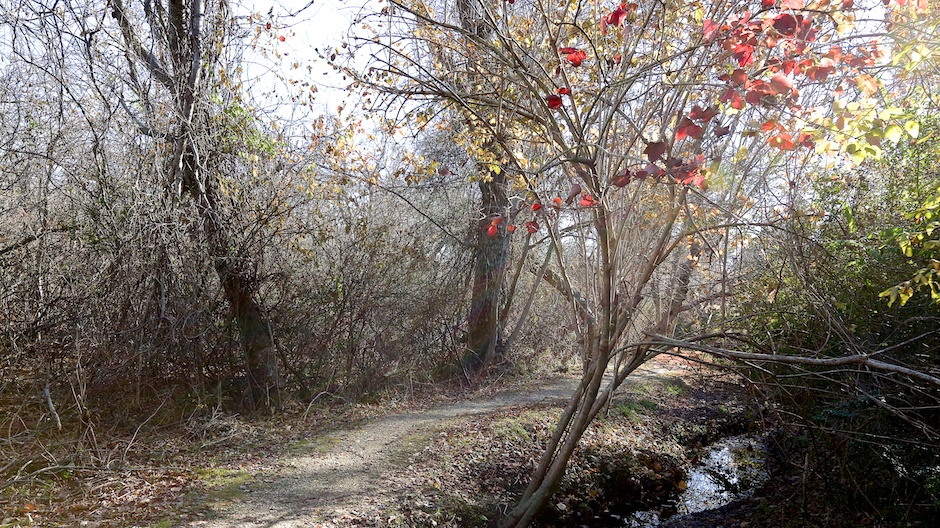
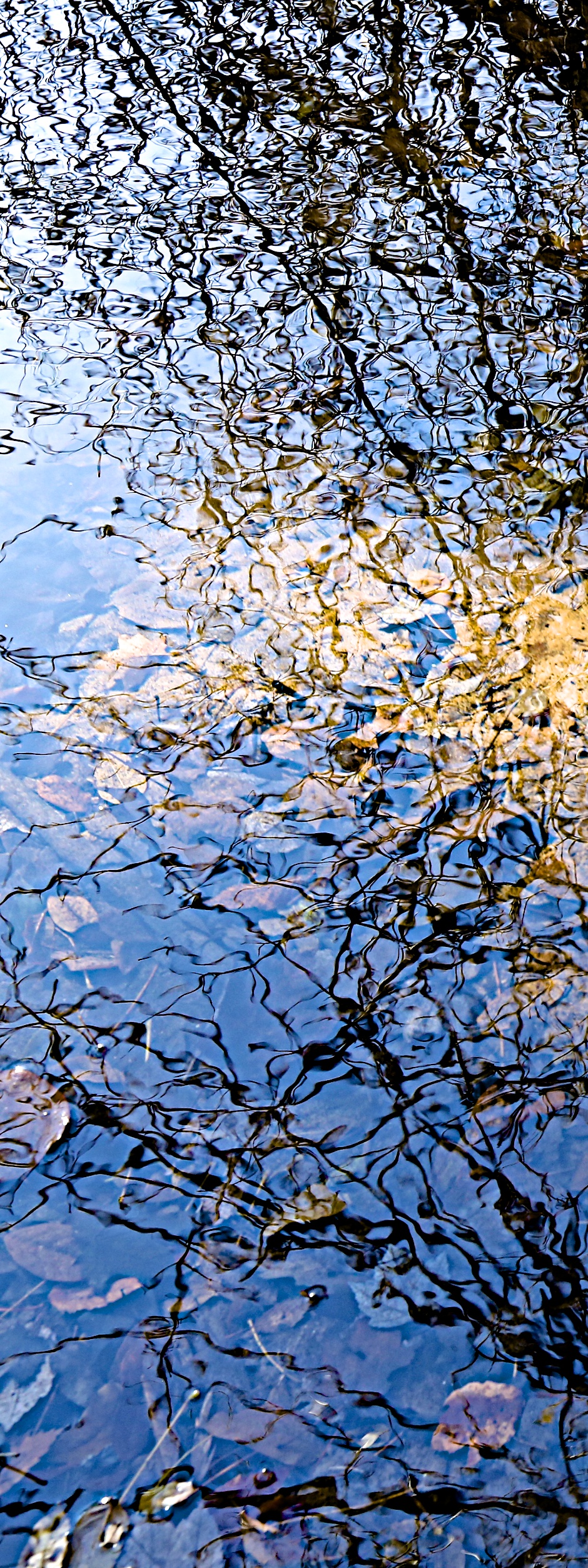

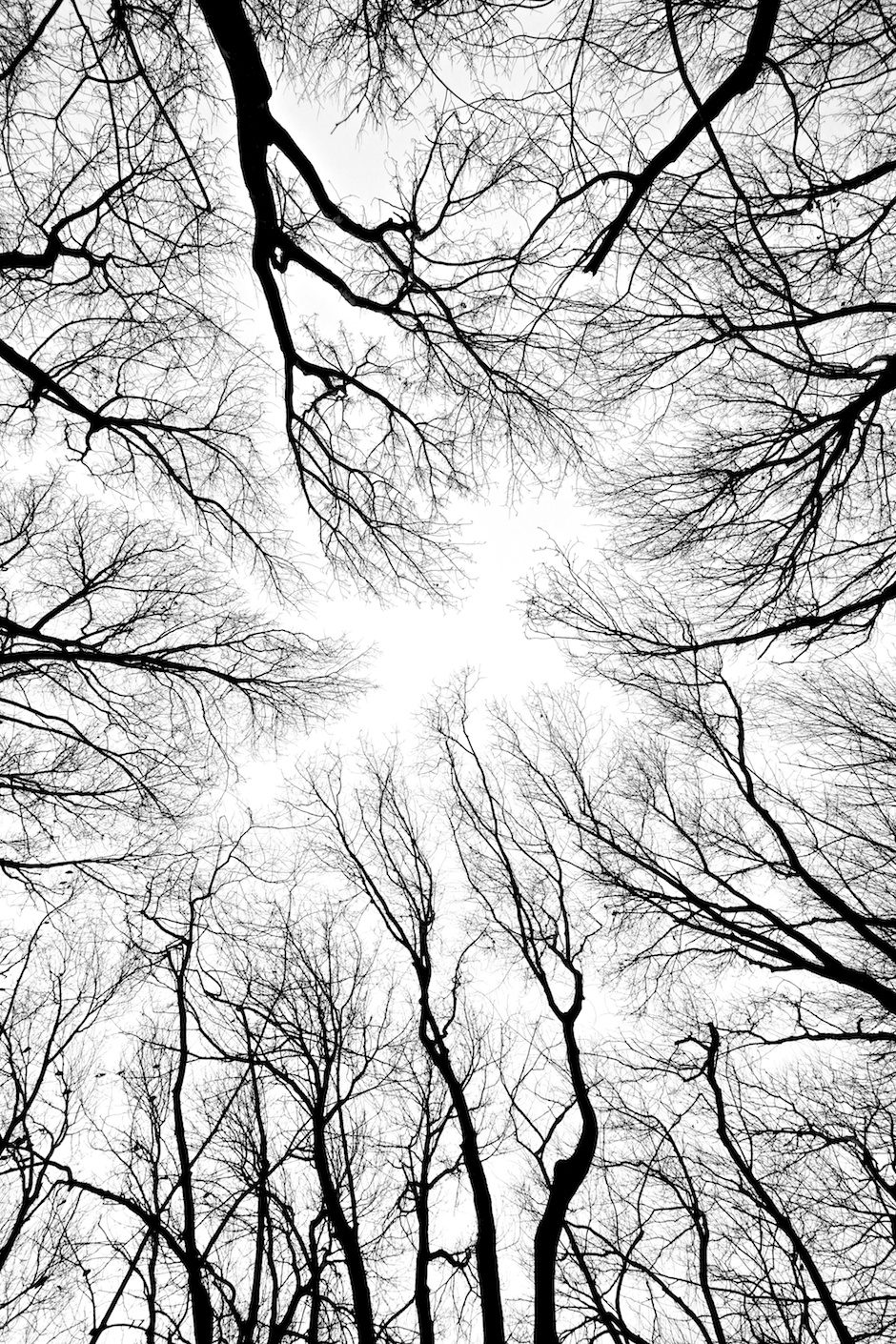

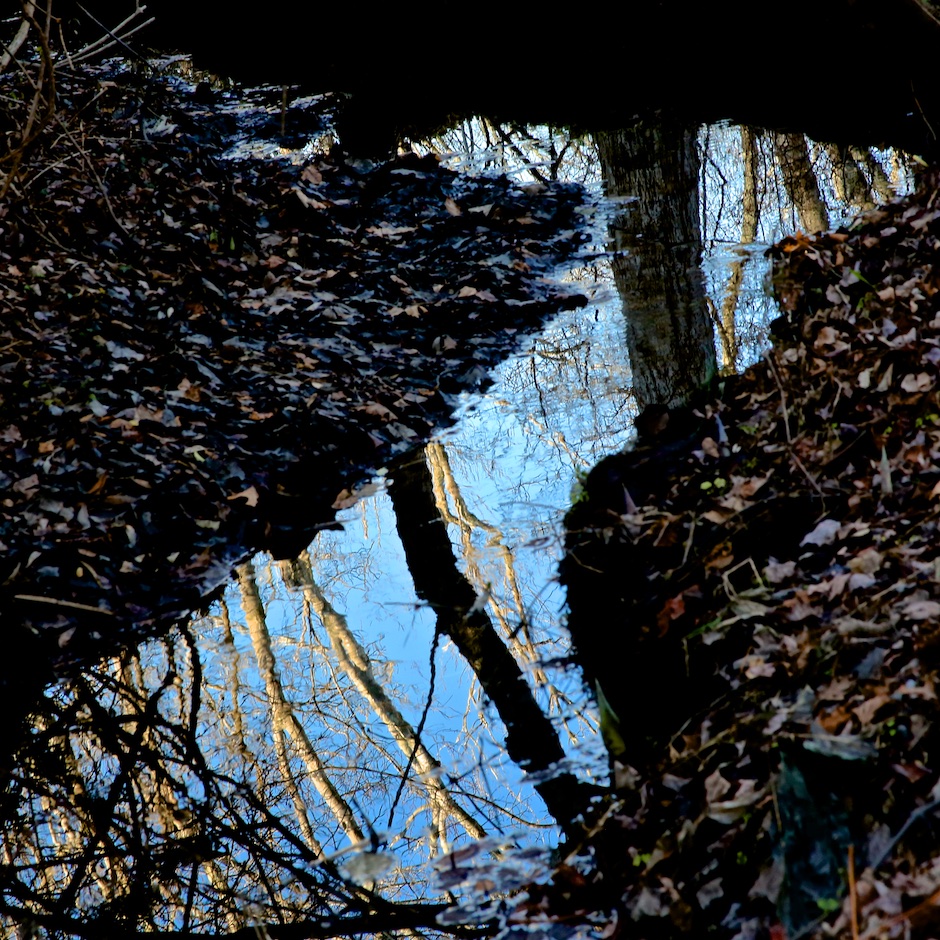
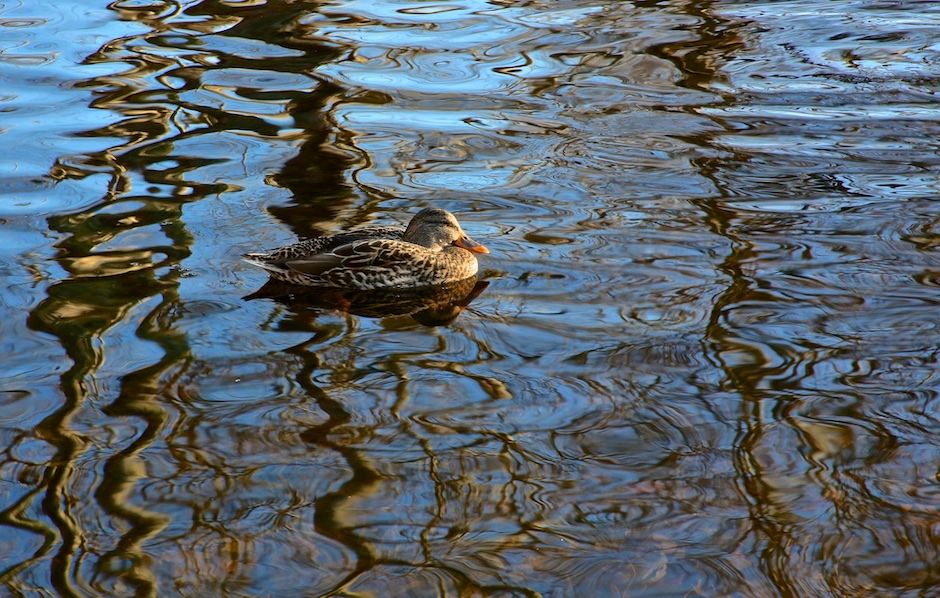
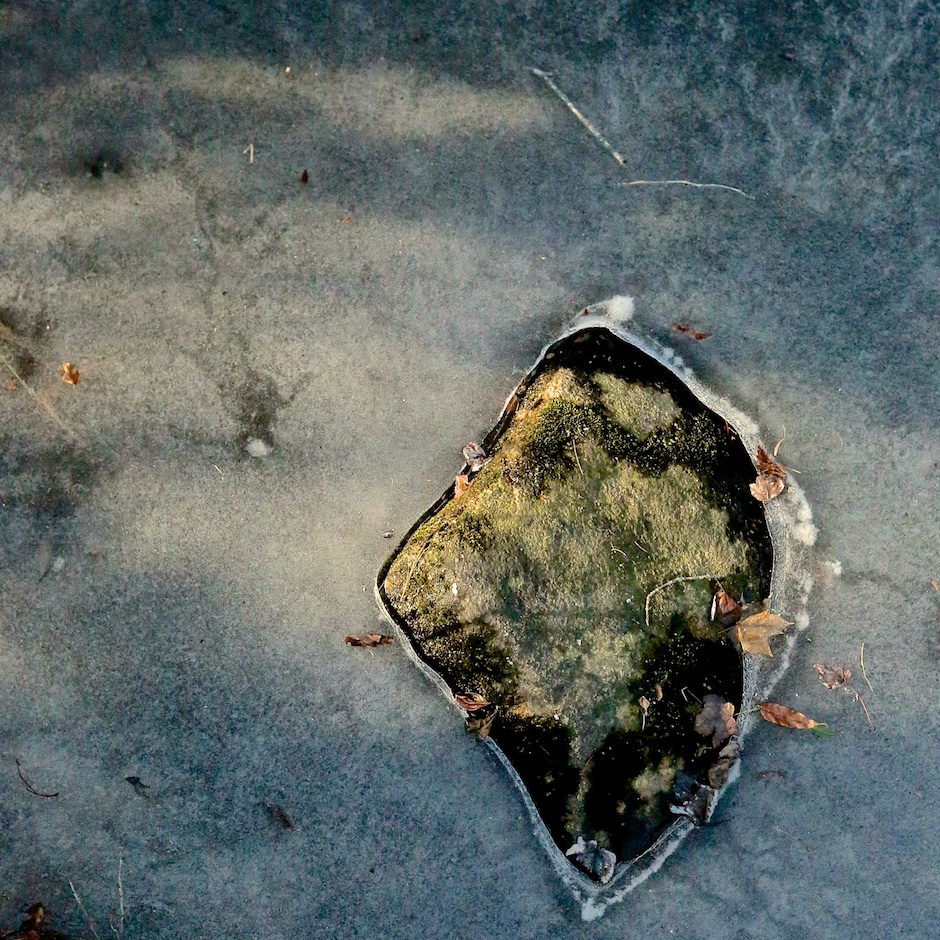
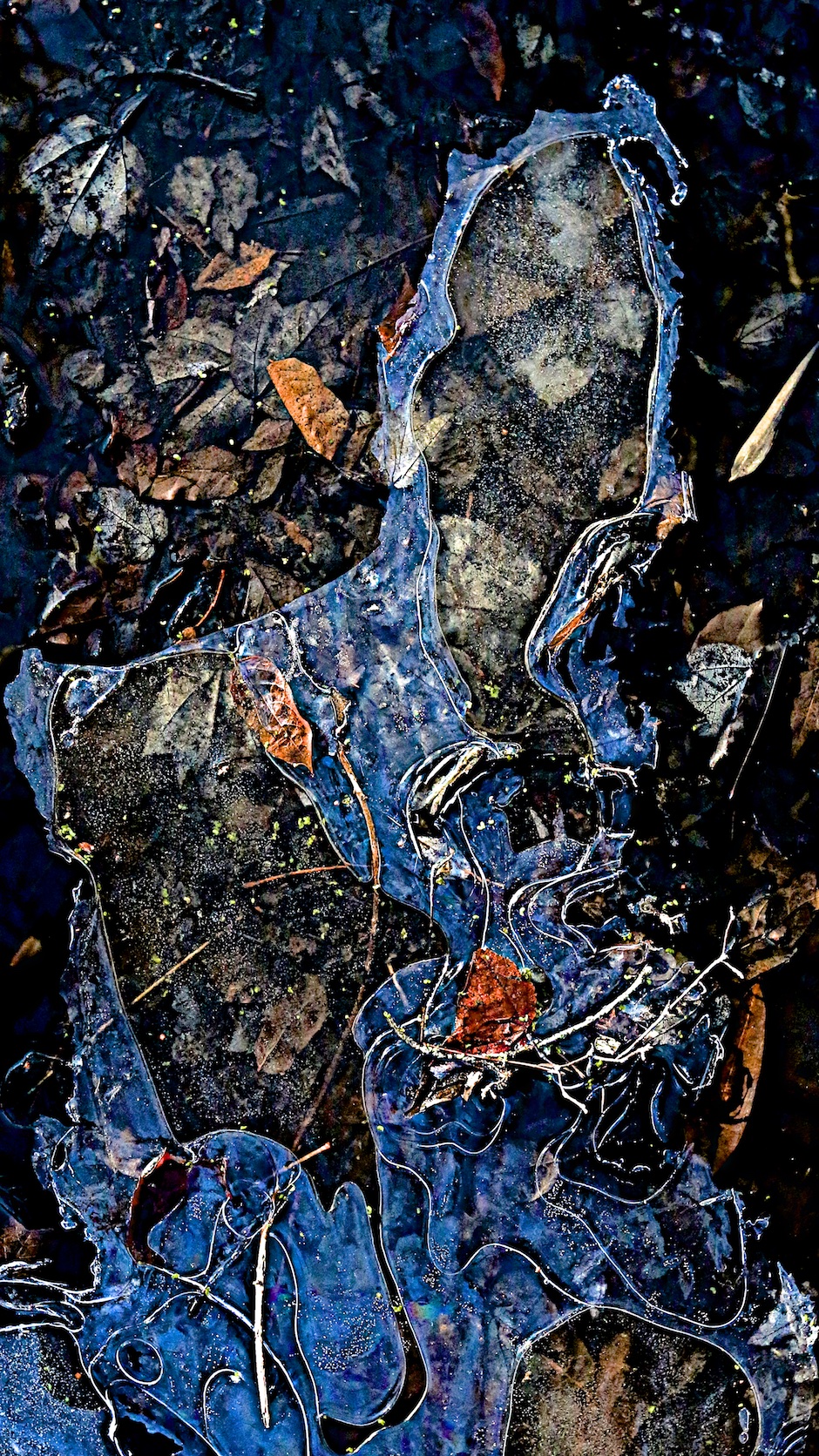

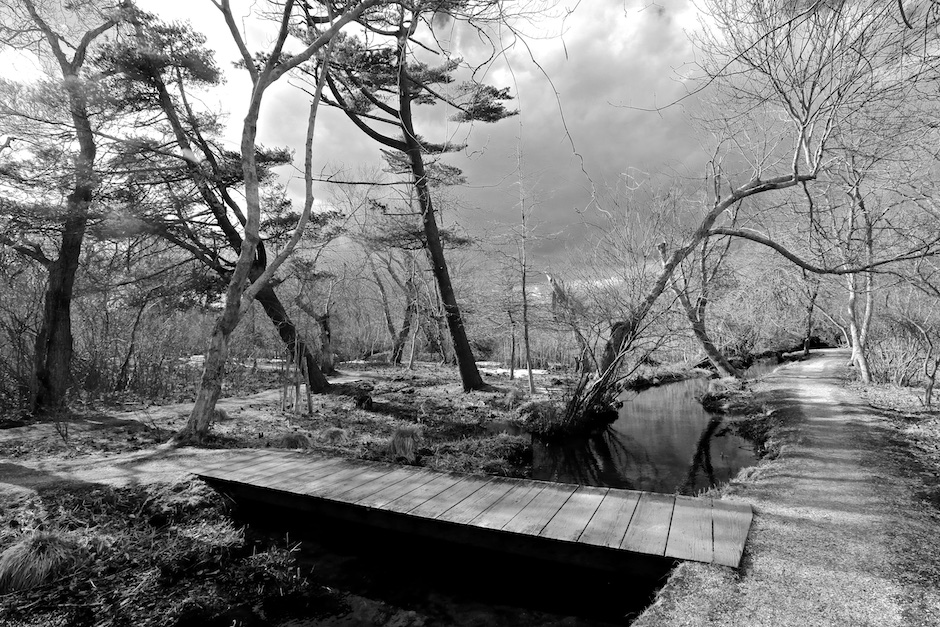

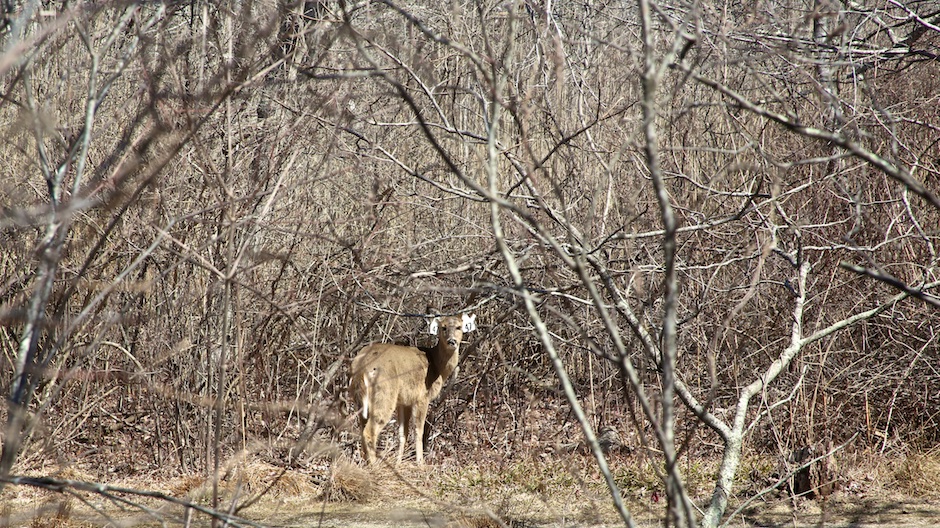
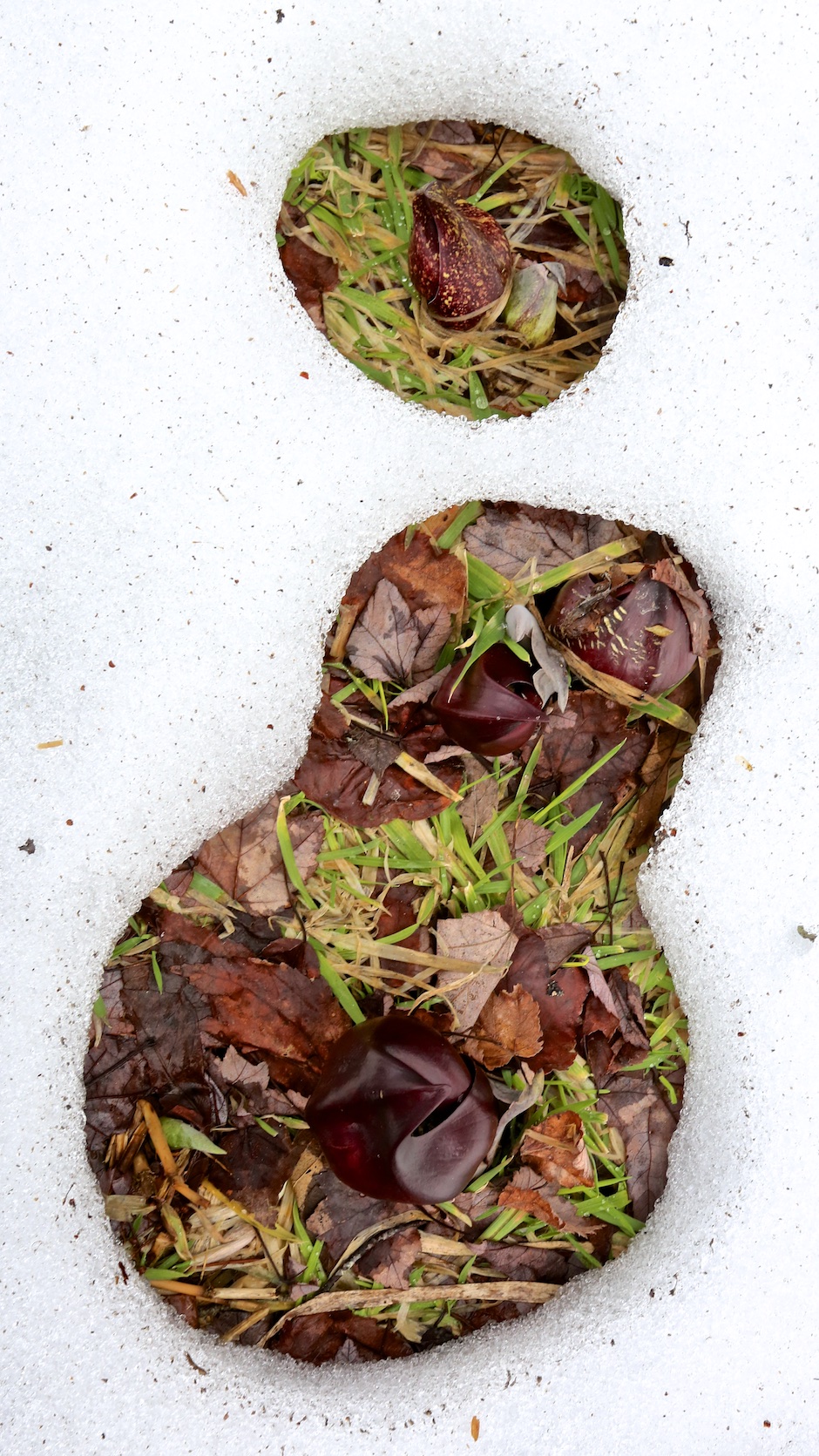


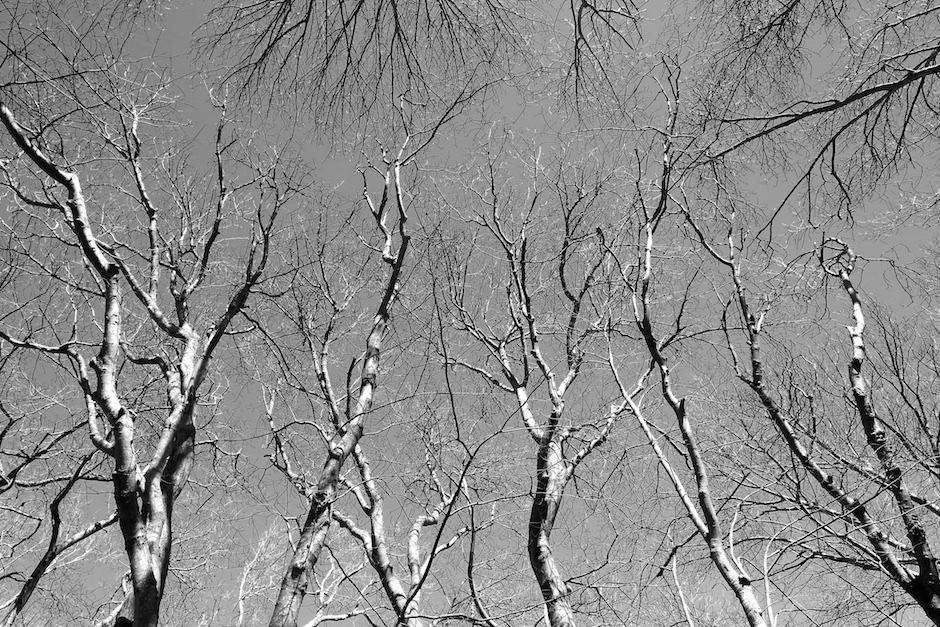
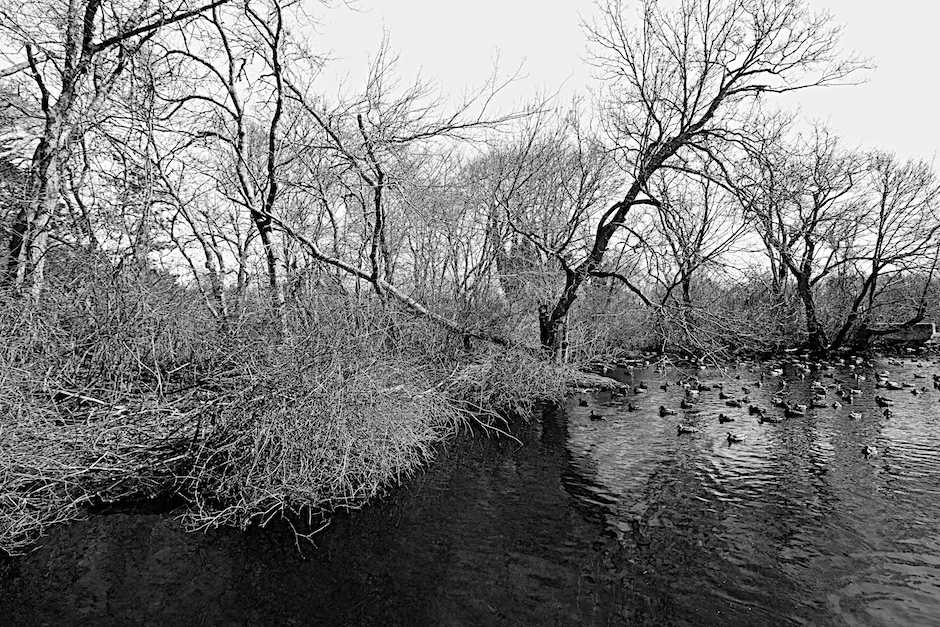
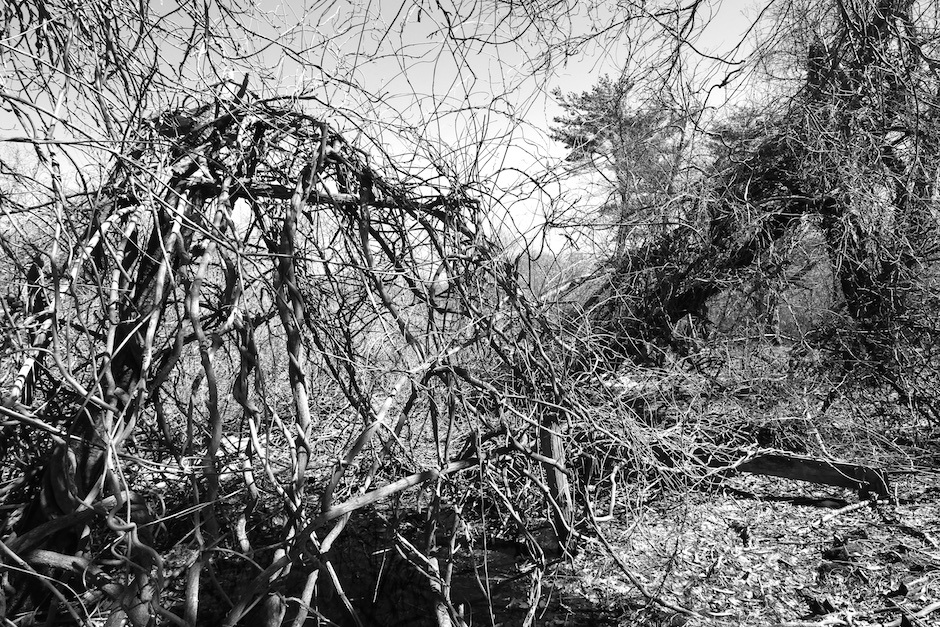
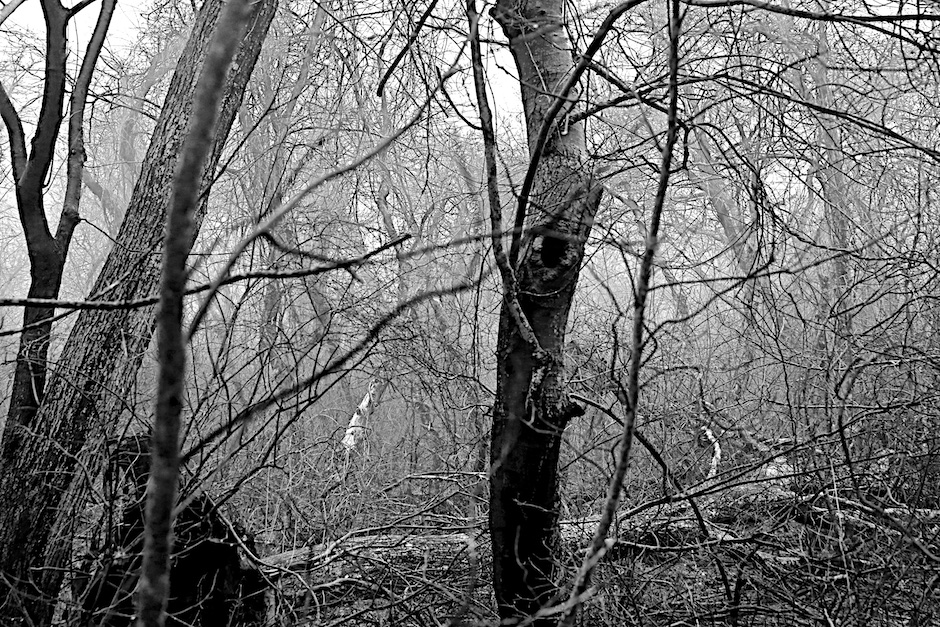
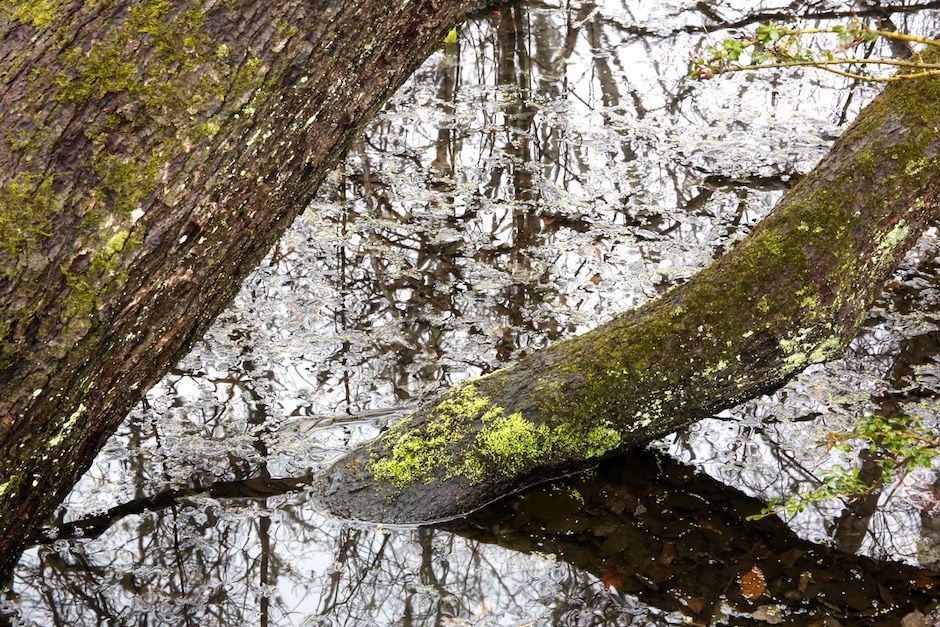
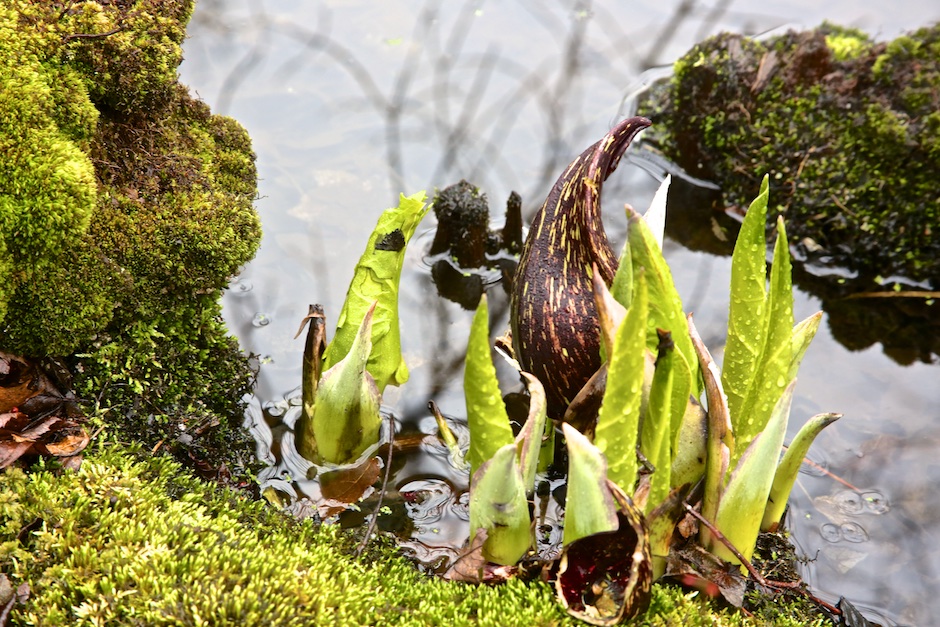
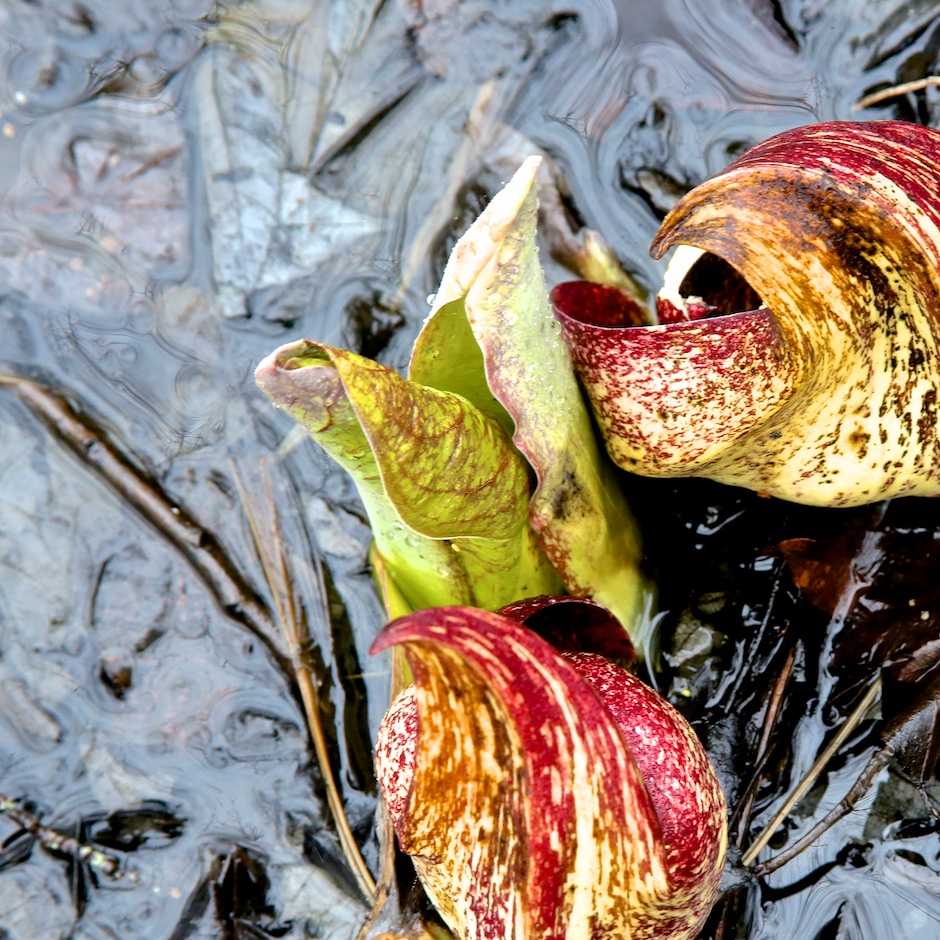
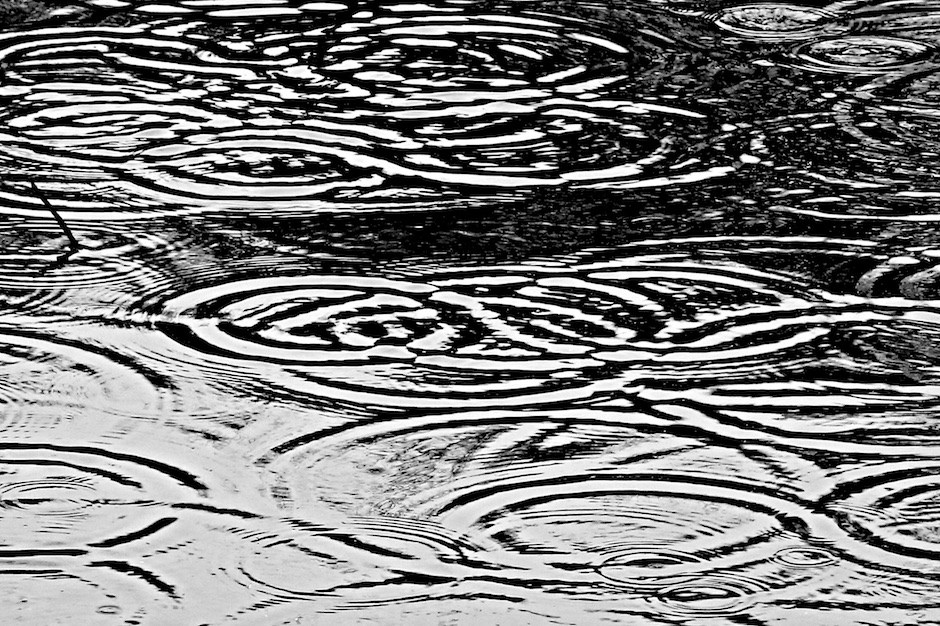
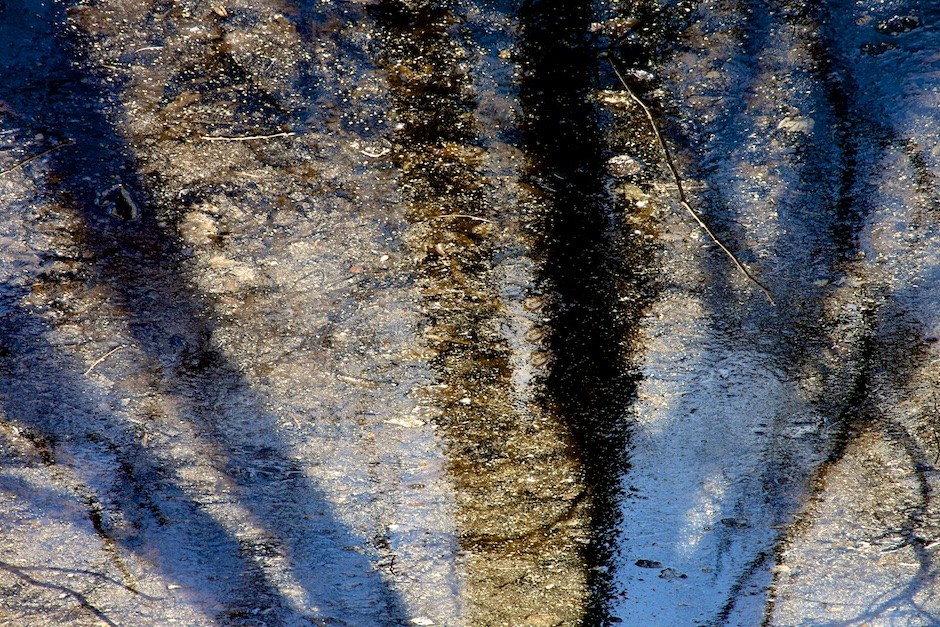
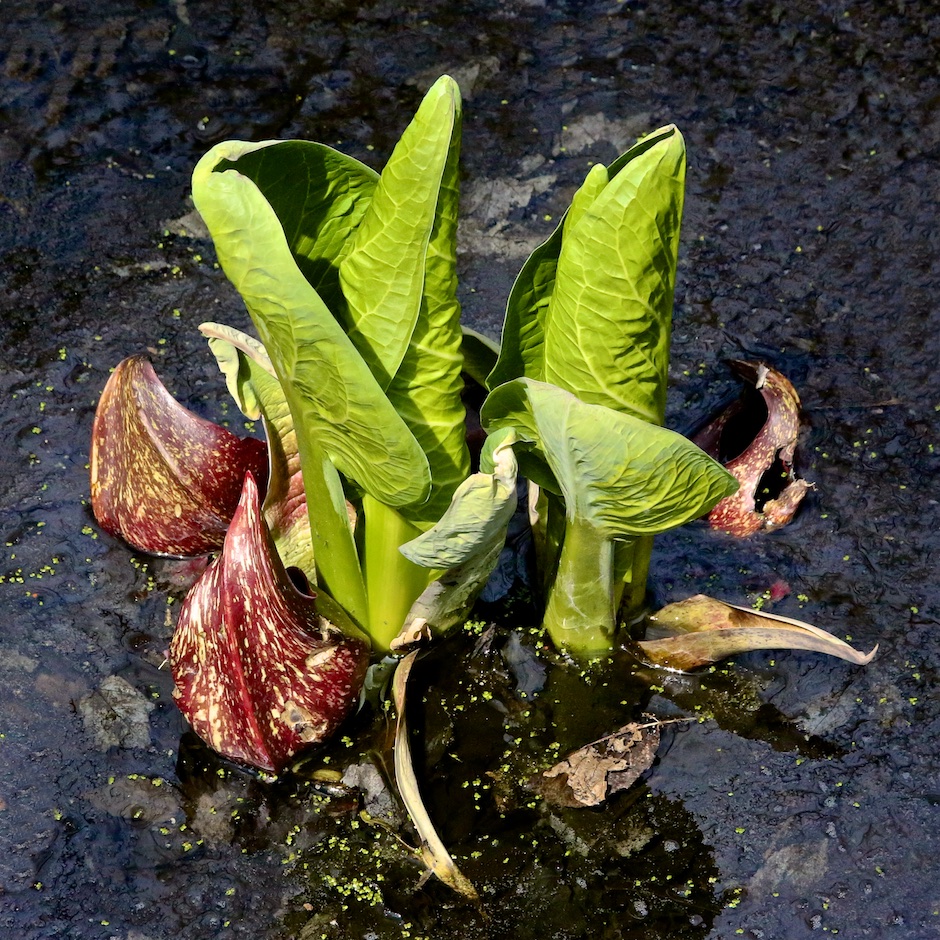
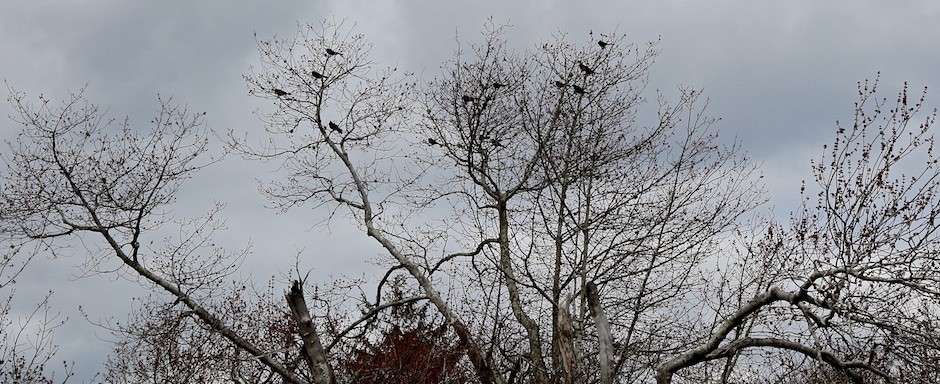
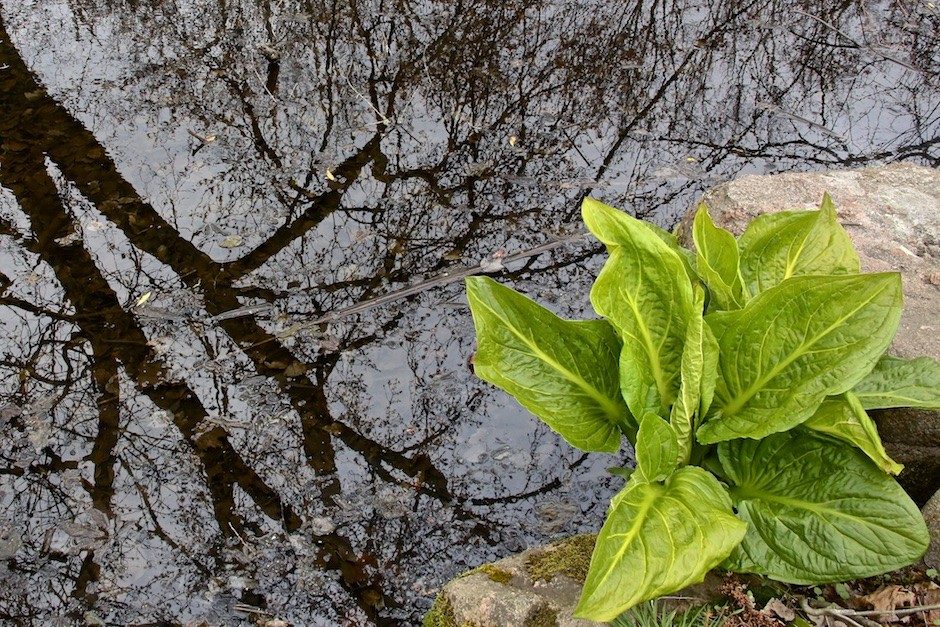
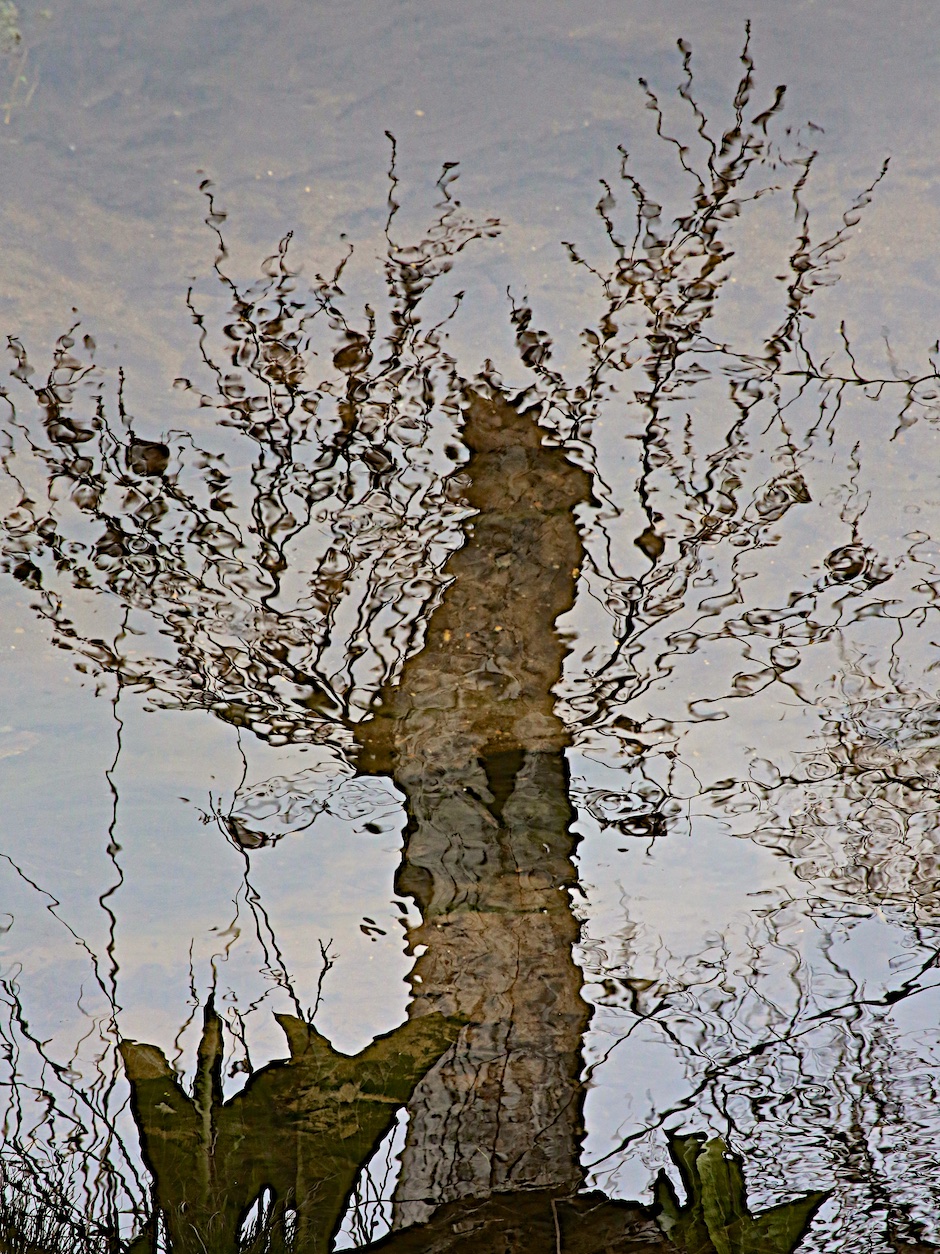
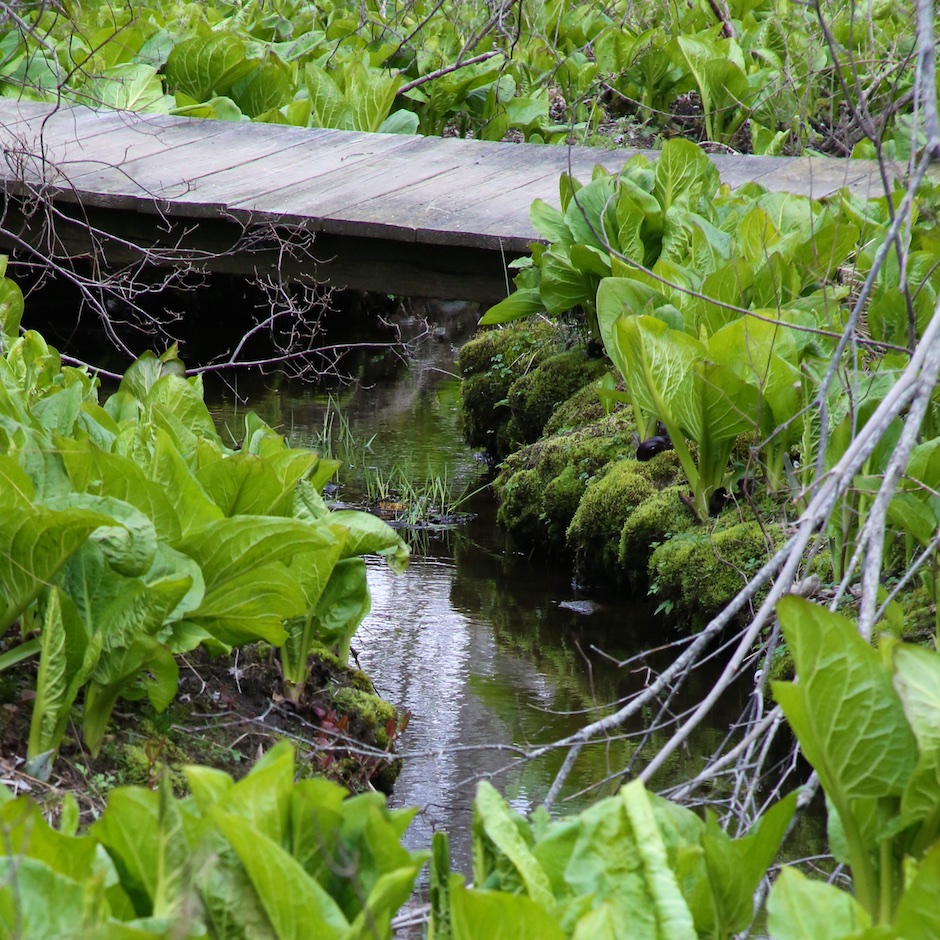
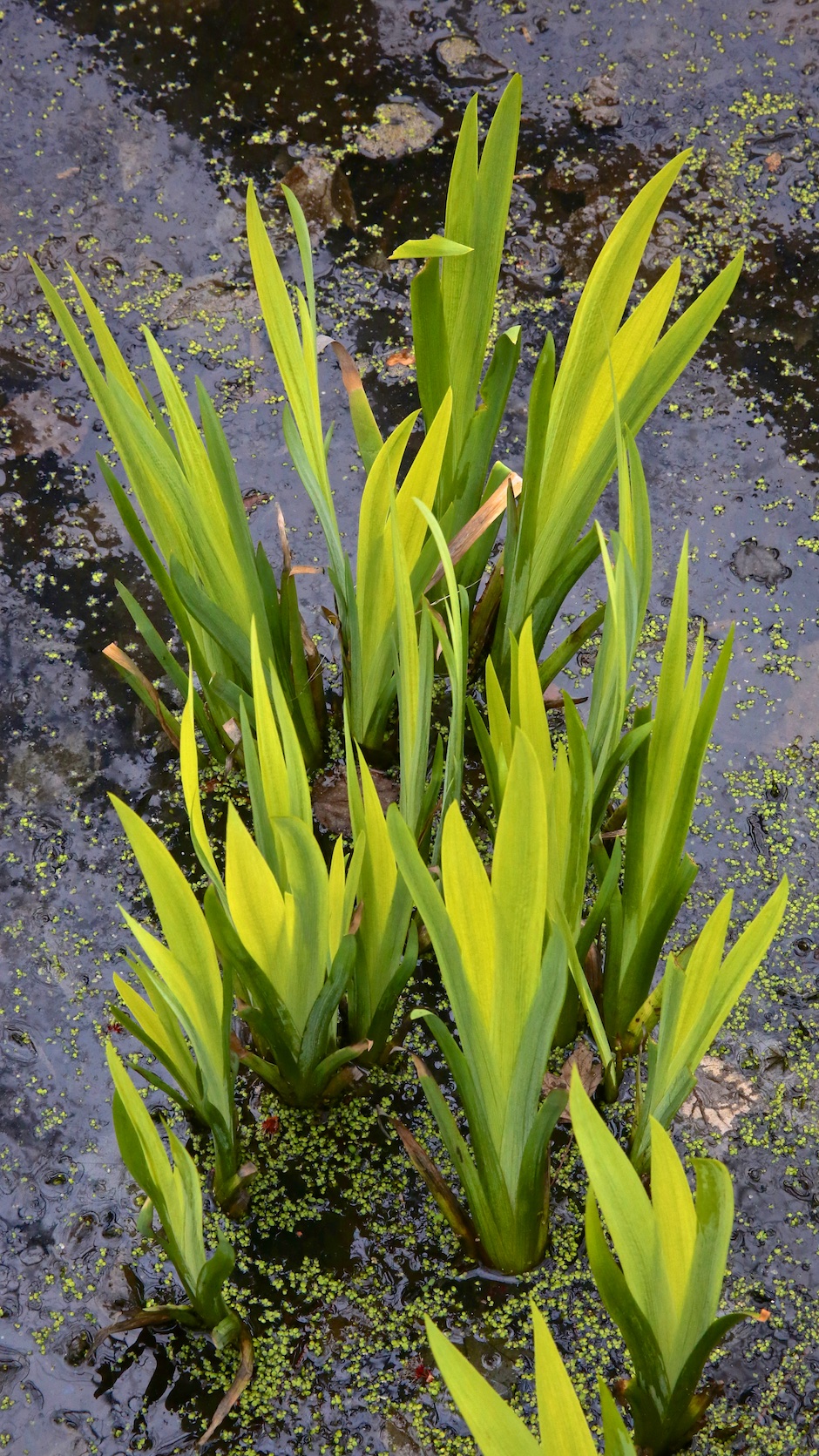
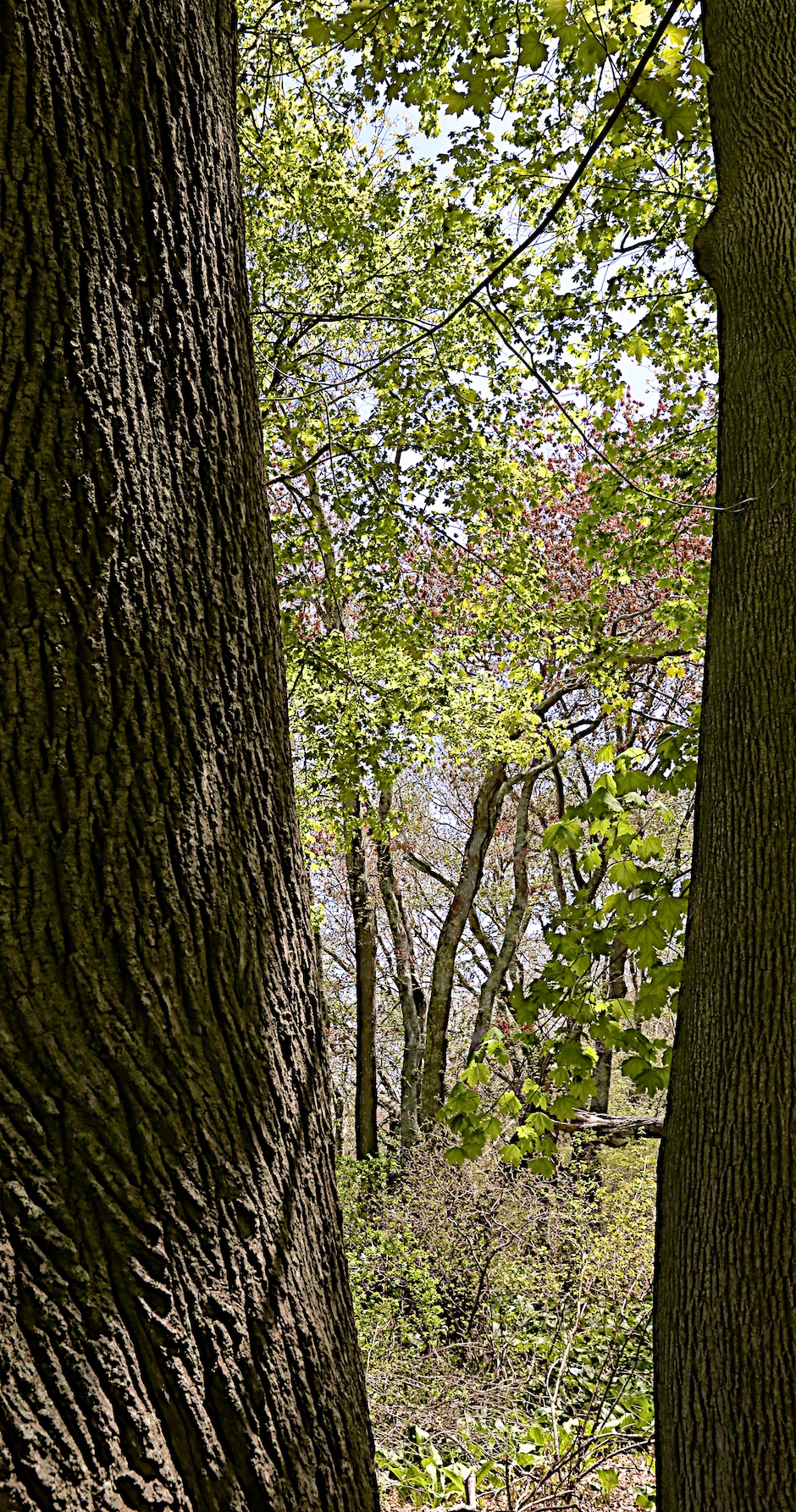
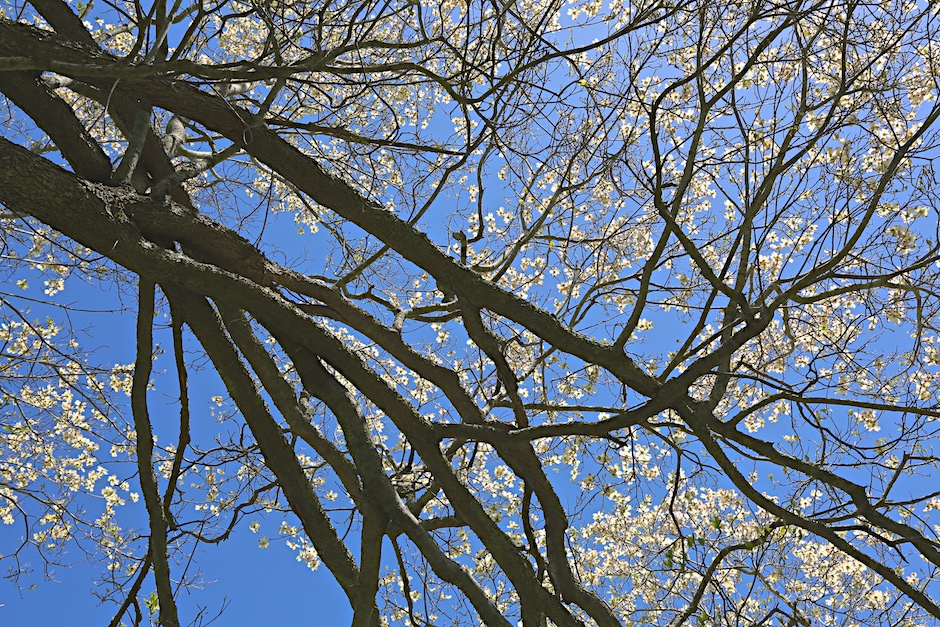
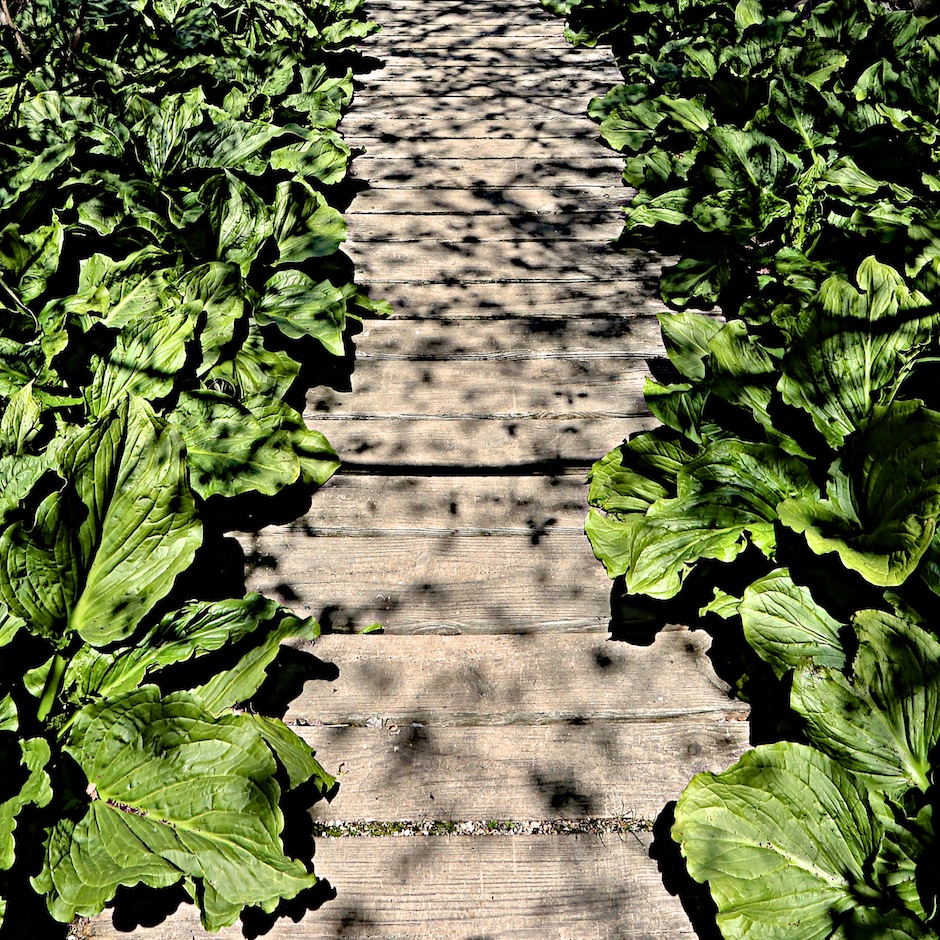
———————————————
>>>>>>>>>>>>>>>>>>>>>>> HUNTTING LANE IN PROCESS >>>>>>>>>>>>>>>>>>>>>>>
Photographs, other than postcard or archival, copyright Jeff Heatley.
________________________________________________________________________________
